Poco X3 Pro
Two-minute review
The Poco X3 Pro is not a typical budget phone. The device is being called the spiritual successor to the flagship Poco F1 from 2018. But since the industry has moved forward rapidly in the last couple of years, Poco had to adapt and make some key changes in its approach to offer a powerful smartphone in the sub-Rs 20,000 price band.
The first thing that the company wanted to bring was performance like no other phone in the segment. The approach of bringing a Qualcomm Snapdragon 4G processor in 2021 has worked well. The Snapdragon 860 performs like no other phone in the segment and is truly a remarkable phone in terms of performance. The chipset is paired with super fast UFS3.1 storage.
The Poco X3 Pro sports a 6,67-inch Full HD+ display with a 120Hz display - though it isn’t an AMOLED panel, the LCD panel on the device is of good quality with adequate performance. The phone performance is smooth, thanks to the high refresh rate display. Further, the device ticks all the boxes that you’d expect from a budget phone in the competitive Indian market and offers slightly more in terms of performance.
Though the camera looks like a downgrade from the Poco X3, the primary camera on the Poco X3 Pro impressed us with its day and low light performance. The phone is packed with a big battery which can last one full day easily even with heavy usage. MIUI 12 isn’t still perfect software, but the powerful processor and optimization allow it to run smoothly.
With all of these packed into a phone that starts at Rs 18,999, the Poco X3 Pro is definitely a beast in terms of performance, and even for non-gamers and not so heavy users, this can be a nice all-around budget phone for the price. However, be wary of the heavy build and charging speed that is not the fastest in the segment.
Poco X3 Pro price and availability
The Poco X3 Pro is available in two configurations 一 6GB + 128GB variant priced at Rs 18,999 and the 8GB + 128GB model at Rs 20,999. Flipkart is the official sale partner. The colour options include Graphite Black, Steel Blue, and Golden Bronze. During the initial sale, you can get a Rs 1,000 instant discount with ICICI debit and credit cards 一 the offer is still valid at the time of writing this review, but unlikely to last for long.
- Display: 6.67" FHD+ LCD, 120Hz
- Processor: Snapdragon 860
- RAM: 6/8GB LPDDR4X
- Storage: 128GB UFS 3.1
- Rear camera: 48+8+2+2MP
- Front camera: 20MP
- Battery: 5,160mAh, 33W
- OS: MIUI 12, Android 11
- Others: side mounted fingerprint scanner, face unlock
Design
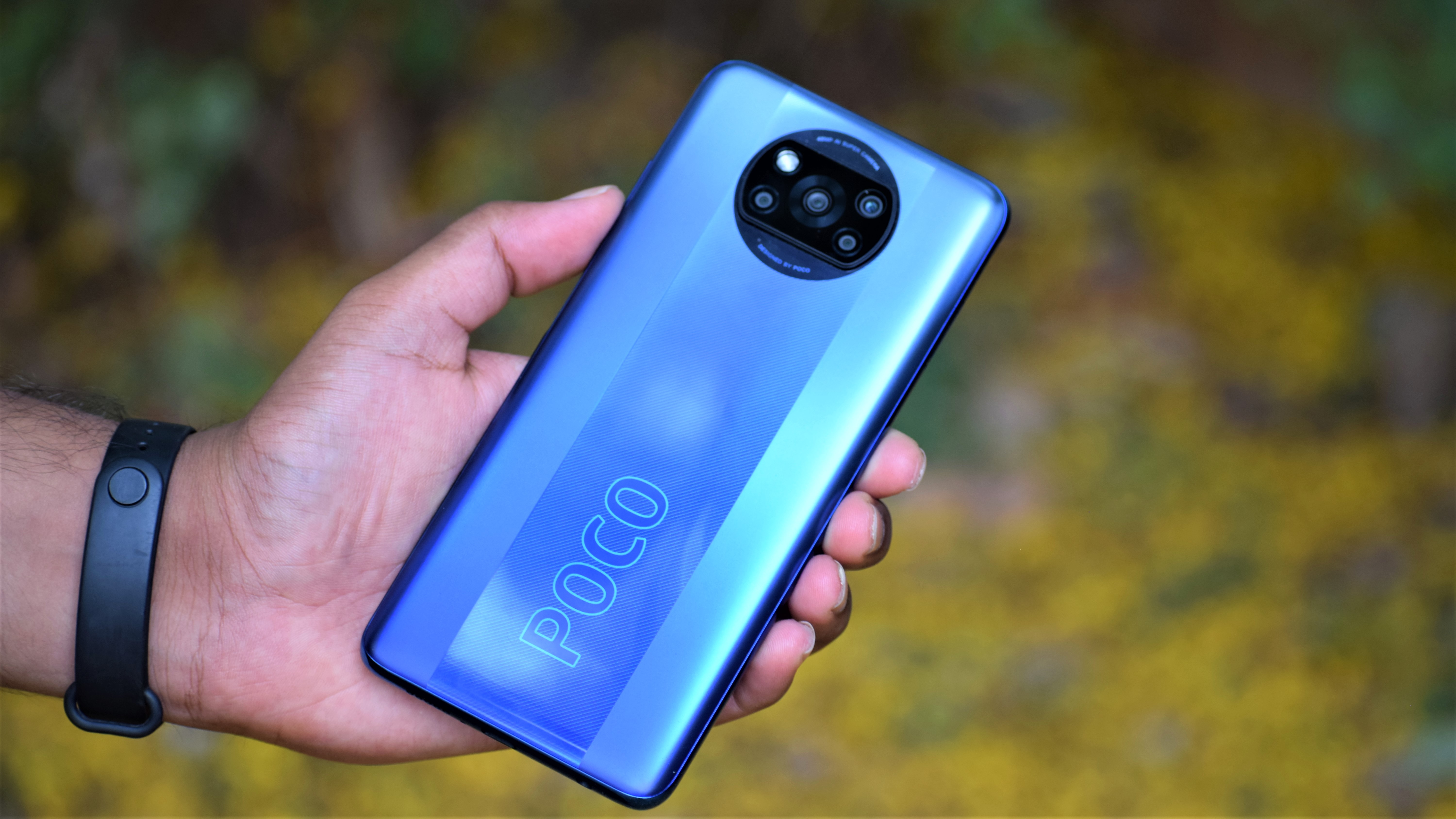
The design of the Poco X3 Pro is one of the few aspects where the company didn’t bother to change things much. The design is straight from the Poco X3. In fact, it’d be hard to identify the Poco X3 Pro when you keep it next to the Poco X3. But, we’re not saying that’s a bad thing.
You are looking at the same polycarbonate back with bold Poco branding in the centre as seen on the Poco X3. You also get the same dual-tone gradient finish on the back with a big circular camera module on the top which houses four cameras and a flash. The Poco branding shines in iridescent colours when light hits it directly. The back also has a matte finish on both sides of the back while the centre has a glossy finish. We had the Steel Blue variant of the phone for review, but most of you might prefer the Graphite Black colour variant.
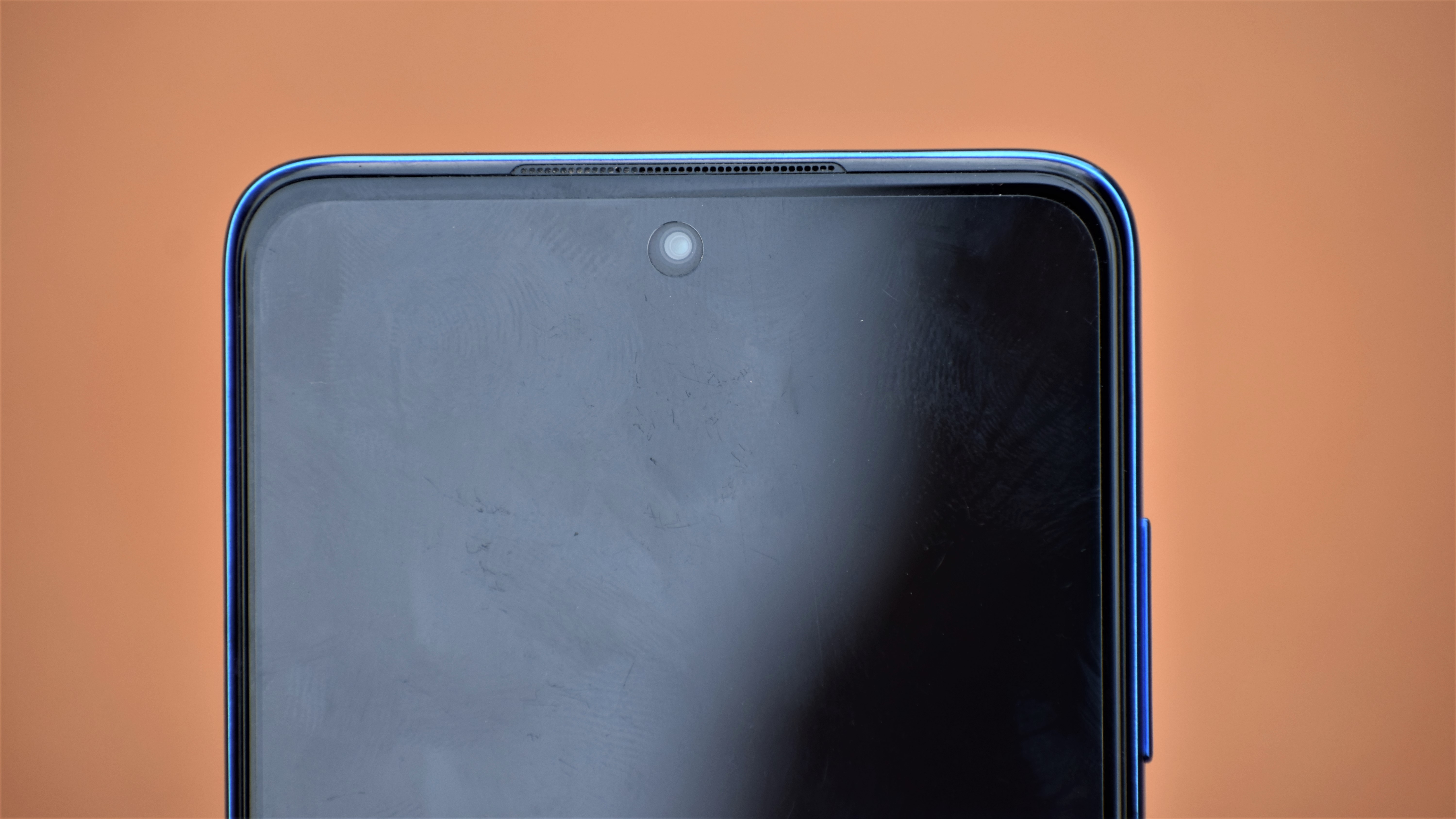
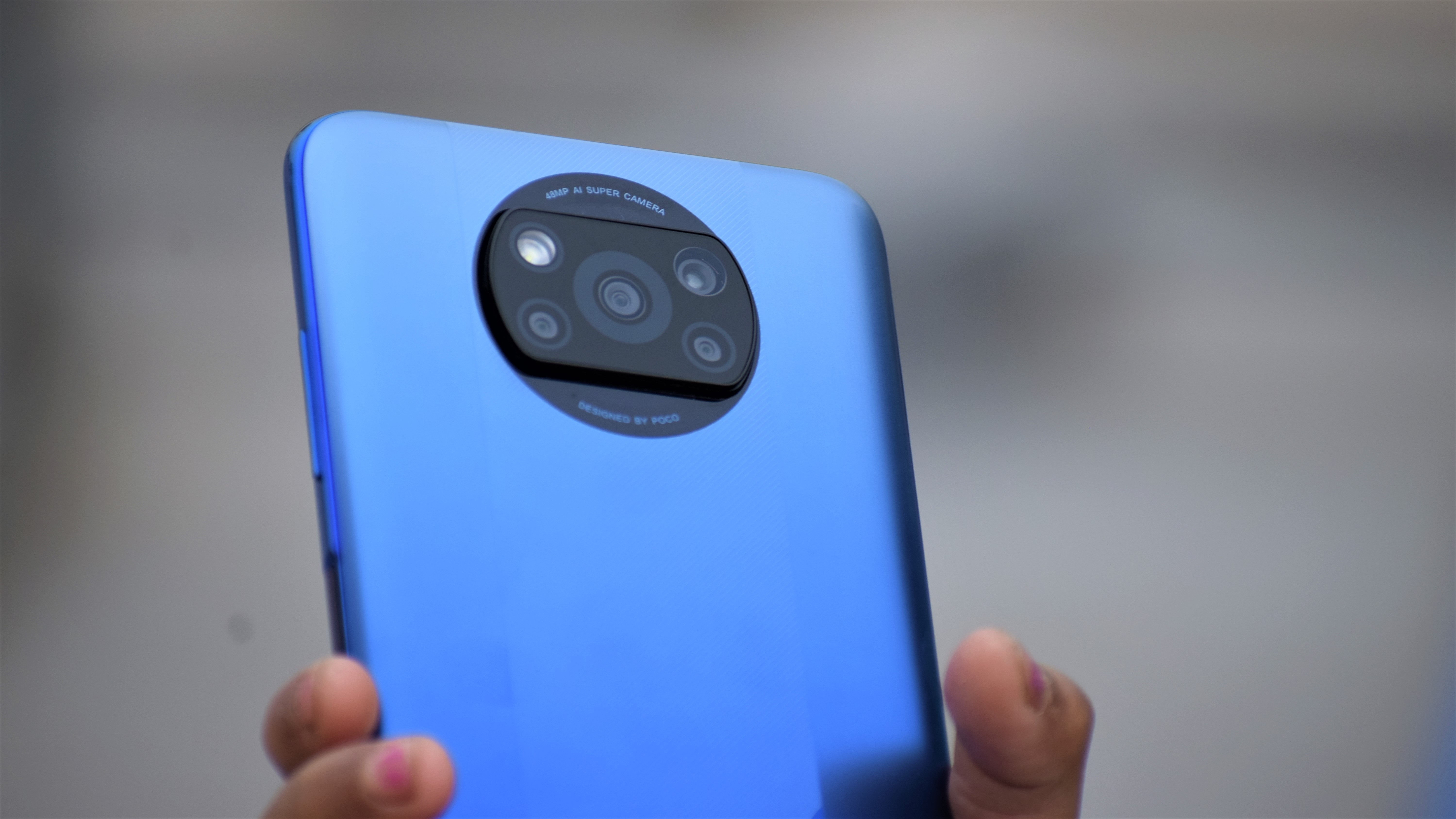
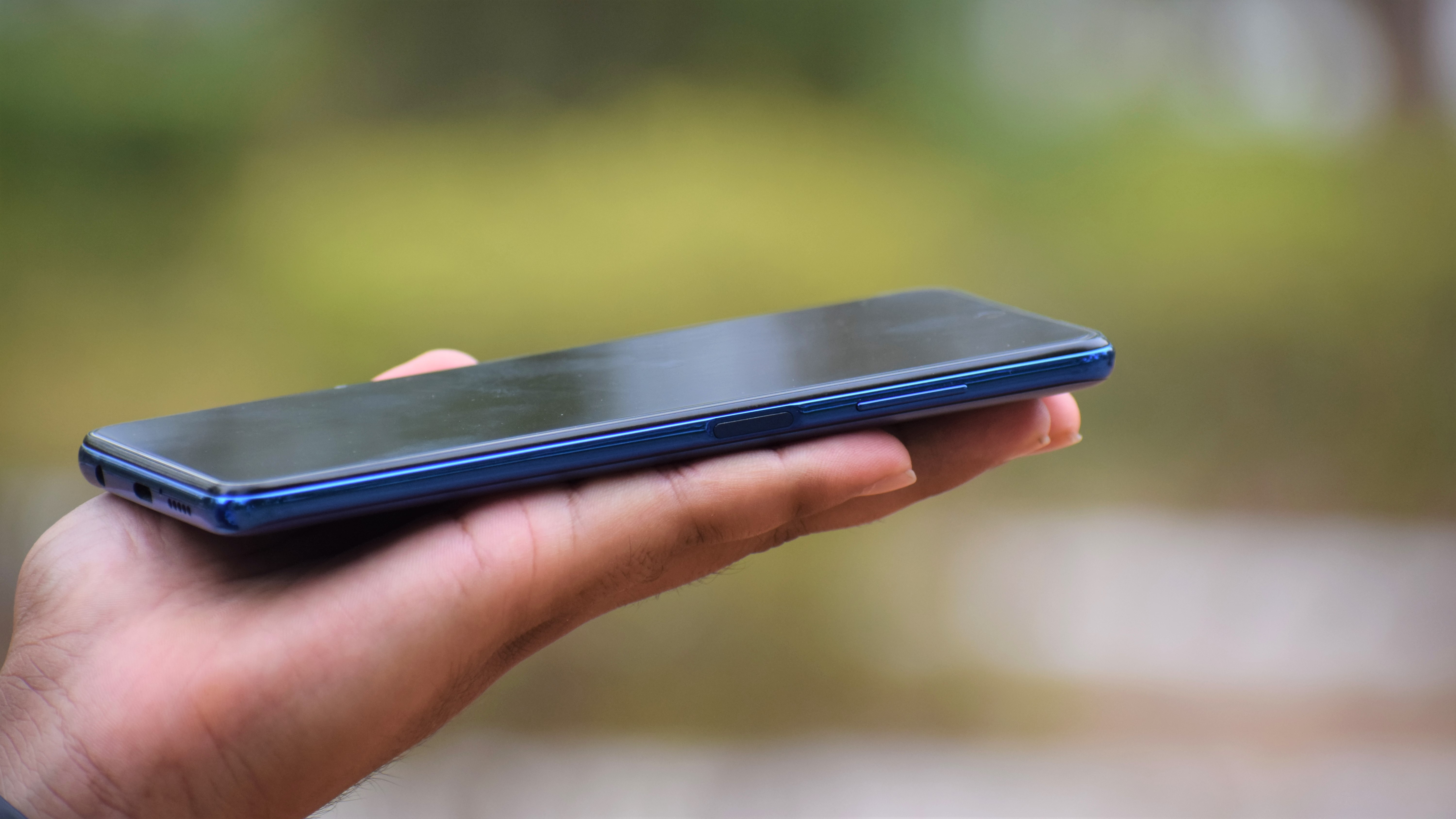
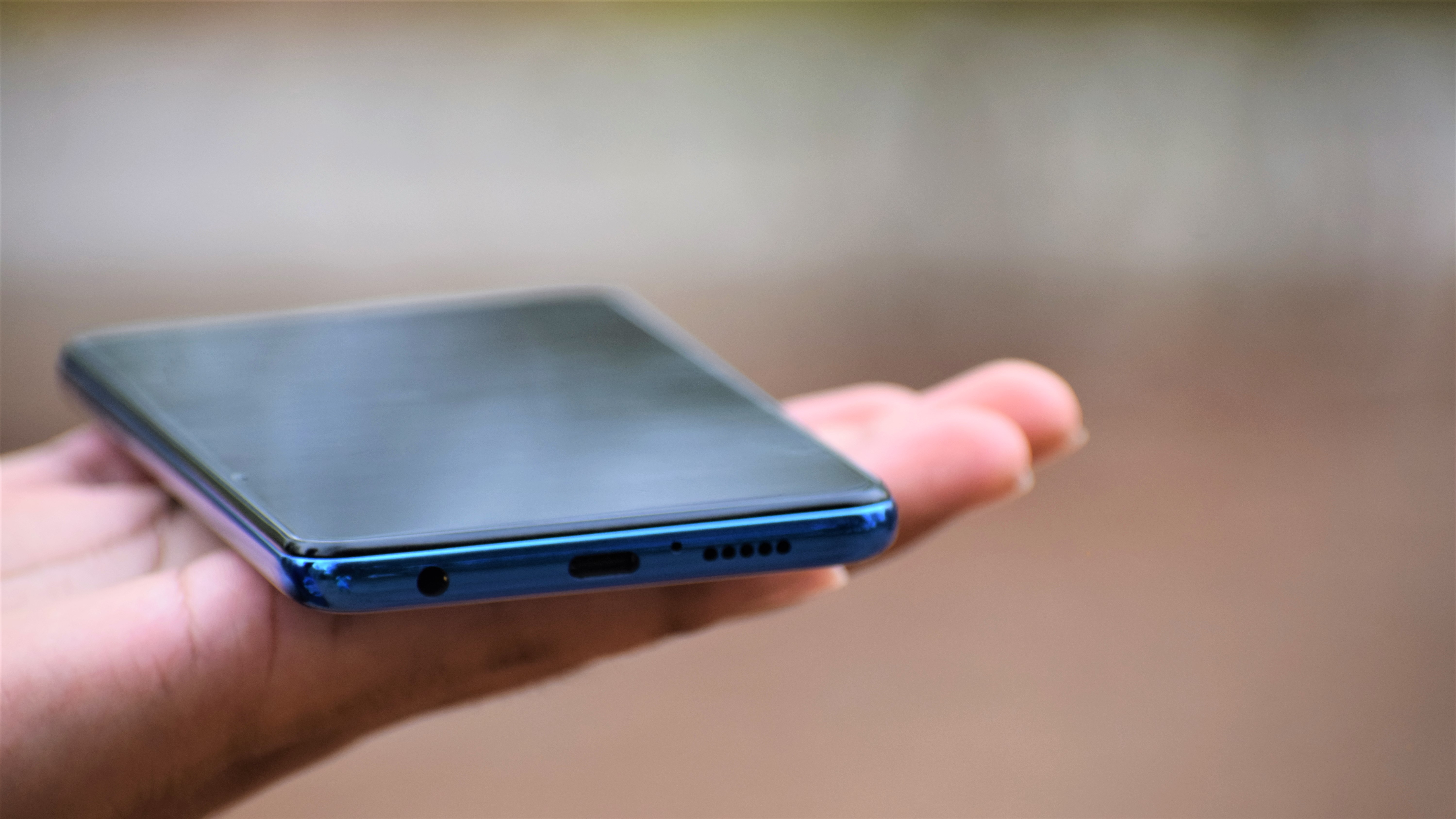
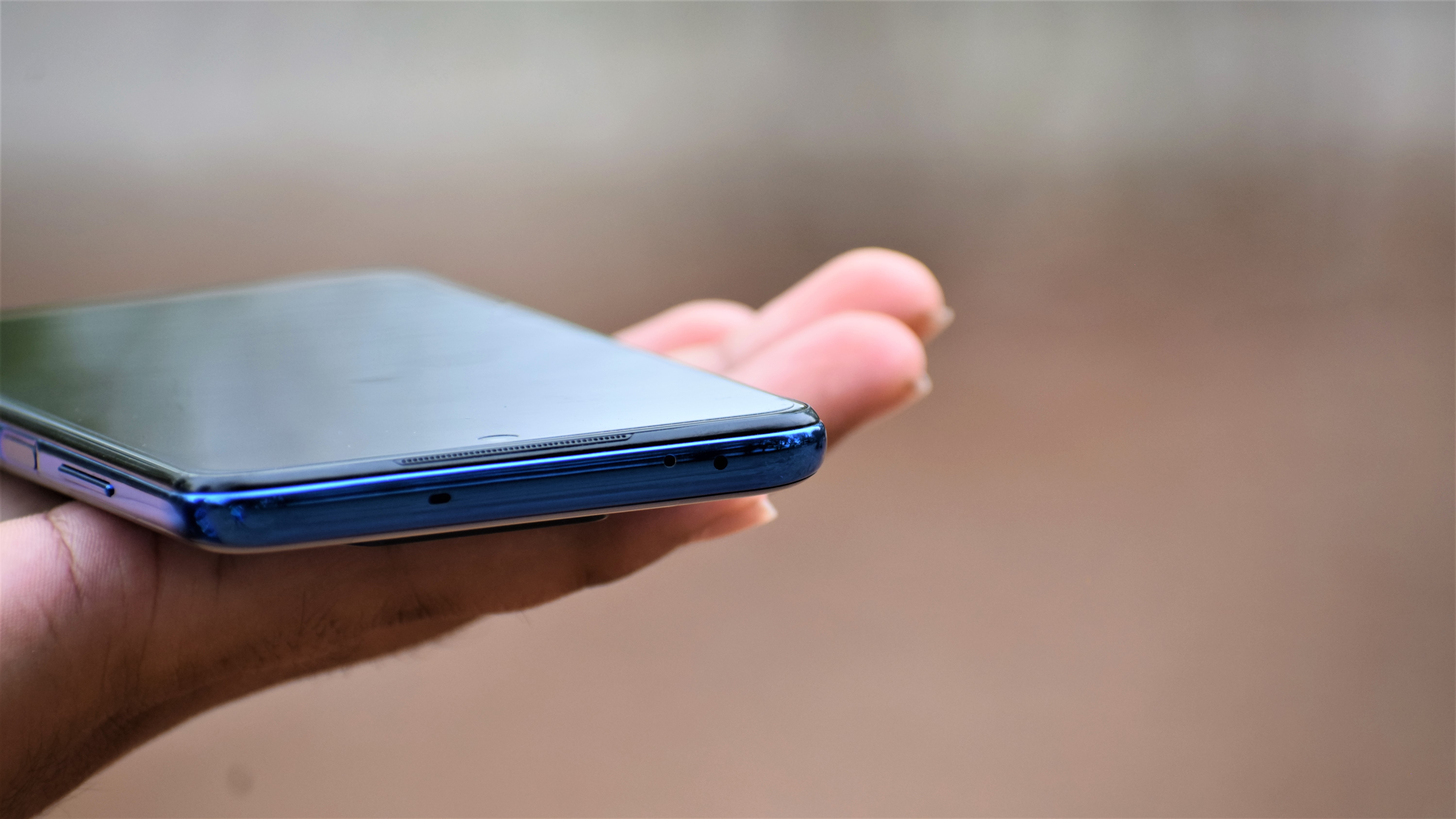
This kind of design also brings better in-hand feel experience and that applies here as well, the Poco X3 Pro’s build offers a solid in-hand feel. The device weighs about 216 grams and is thick at 9.4mm 一 as you’d have guessed by the numbers, the Poco X3 Pro is among the heftiest devices up there, which means one-handed usability is hard thanks to the weight as well as the large screen. For what it’s worth, the weight distribution is on point here.
On the side of the device, you get a power button which also doubles up as a fingerprint scanner. The volume rockers sit on top of the power key. The former is easily reachable with the thumb while you’ll need some extra little effort to reach the latter. On the other side, you get a Hybrid slot that takes either two nano SIM or one SIM and a MicroSD card. The bottom of the Poco X3 Pro houses a 3.5mm headphone jack, Type-C port, loudspeaker, and a mic. On the top, there is an IR blaster and a microphone.
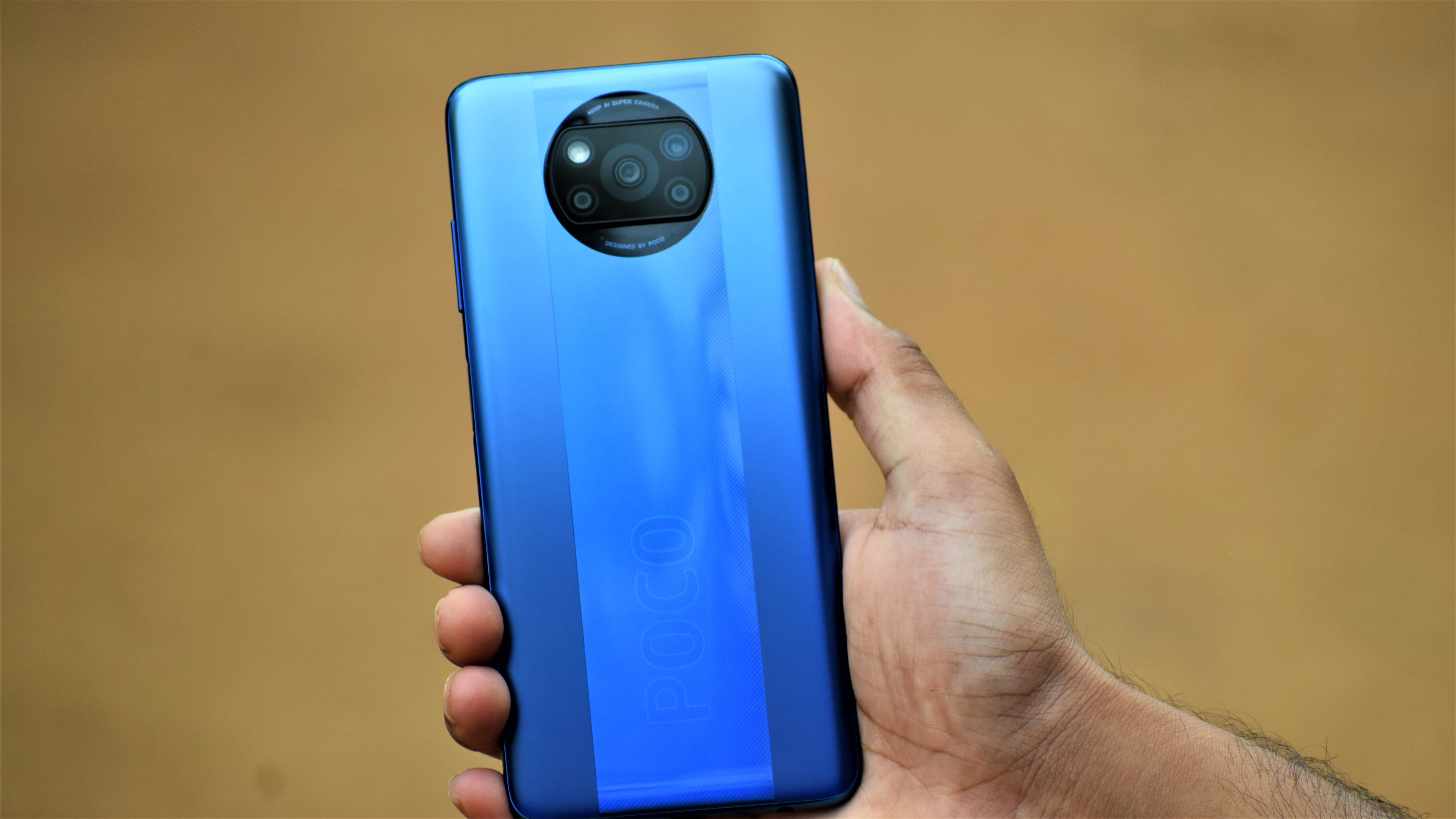
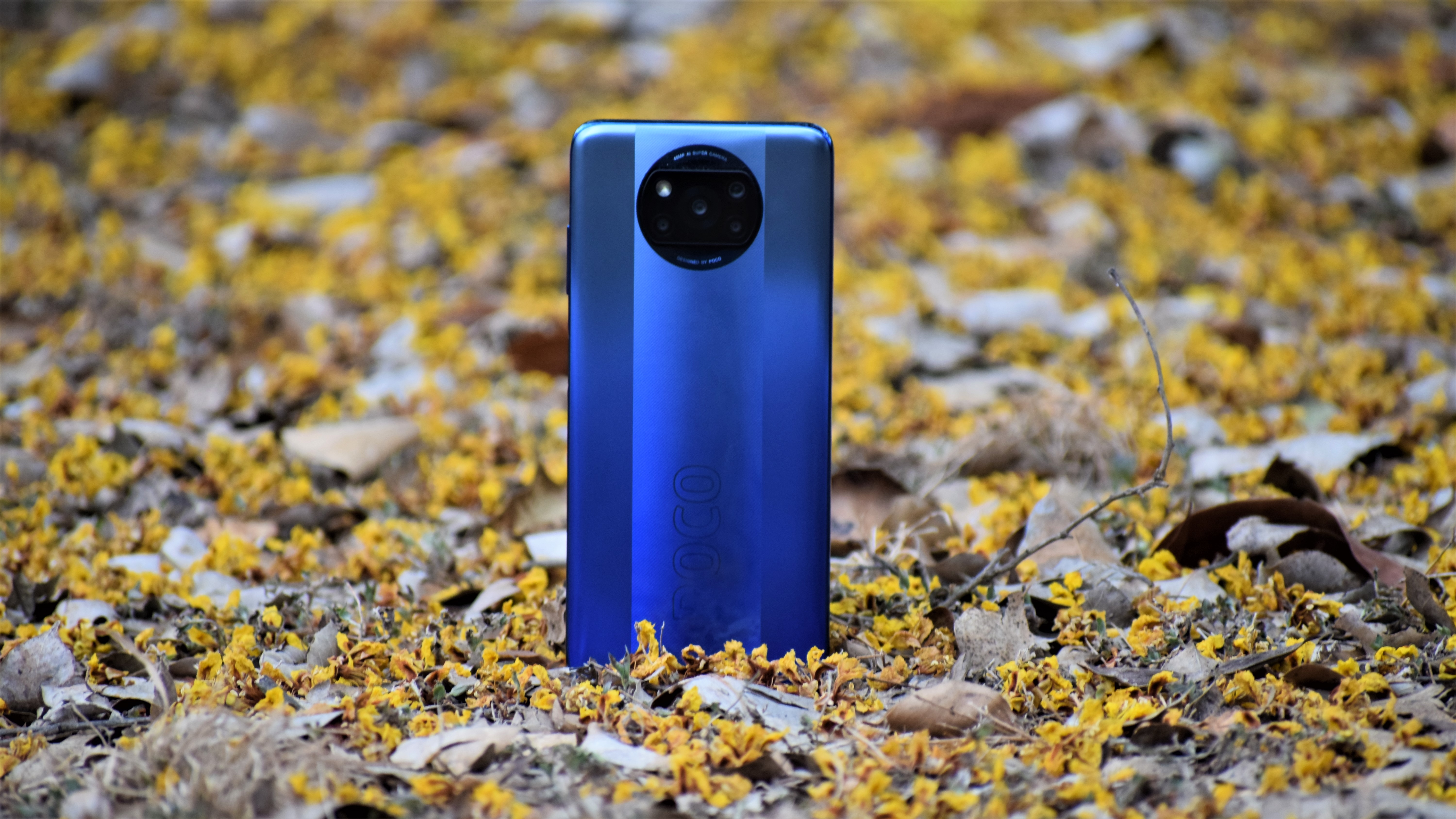
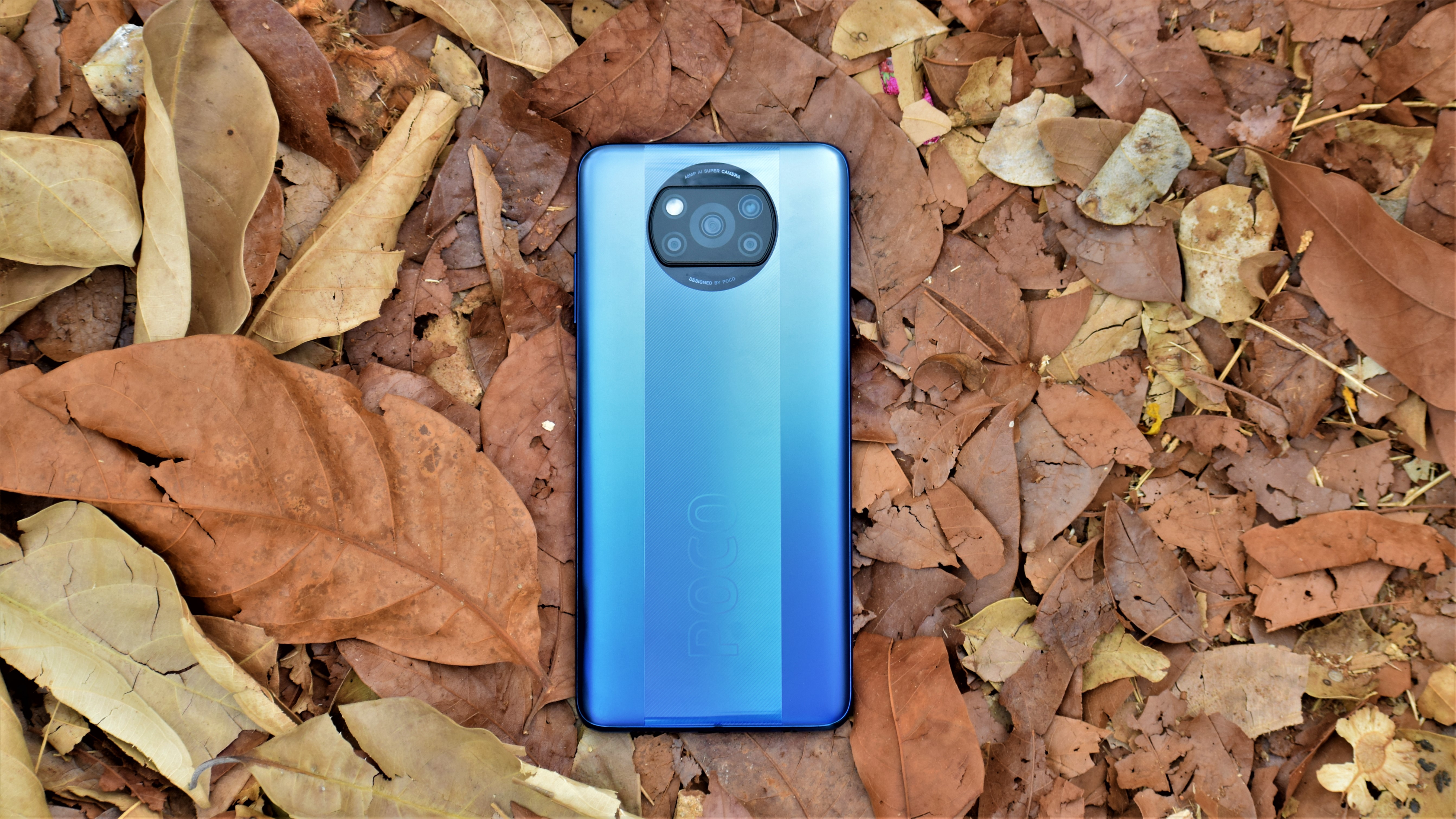
To the front, the devices sport a 6.67-inch display with a centre punch-hole selfie camera, speaker grill which also doubles up as a speaker, and there is also a notification light 一 a rarity these days.
While the Poco X3 Pro design is good and solid, it does attract a lot of fingerprints and smudges. Also with more than 215 grams weight, the phone won’t be ideal for all.
Display
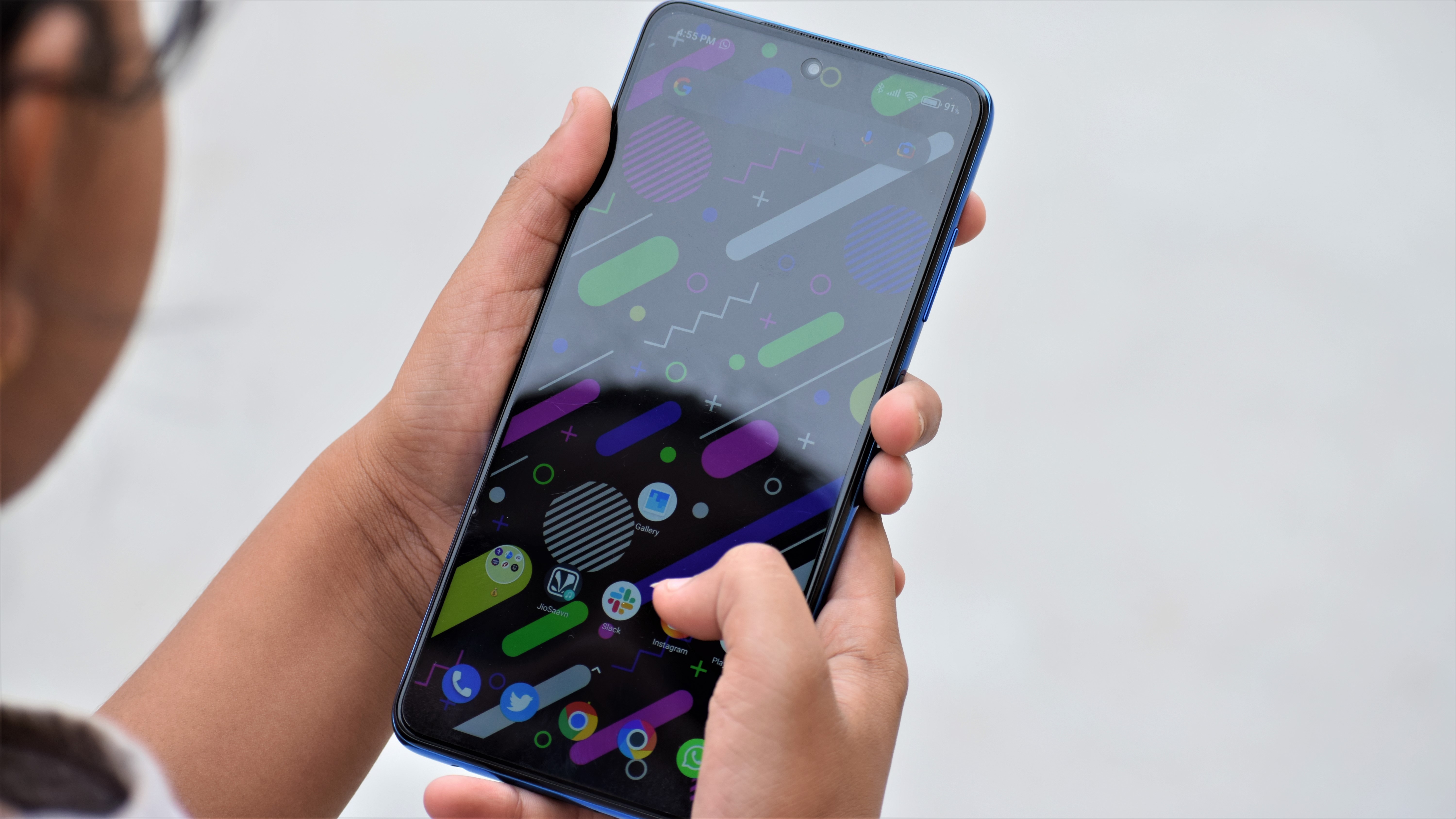
Poco was one of the early adopters of the high refresh rate display in the budget smartphone segment and the same trend continues here as well. The Poco X3 Pro sports a 6.67-inch LCD panel with a 120Hz screen refresh rate 一 same as the Poco X3. The refresh rate switches dynamically between 30Hz, 48Hz, 50Hz, 60Hz, 90Hz, and 120Hz depending on the content that’s been watched on the screen.
It has a 240Hz touch response which means the response to all your inputs is super quick and lag-free. Other notable display features include 1500:1 contrast ratio, 450 nits brightness, sunlight display, Reading mode 2.0, and HDR10 certification. Additionally, the device is also Widevine L1 certified. While we could stream HD content on Netflix and Amazon Prime, we could not see “HDR” on either app, but we could watch HDR videos on YouTube.
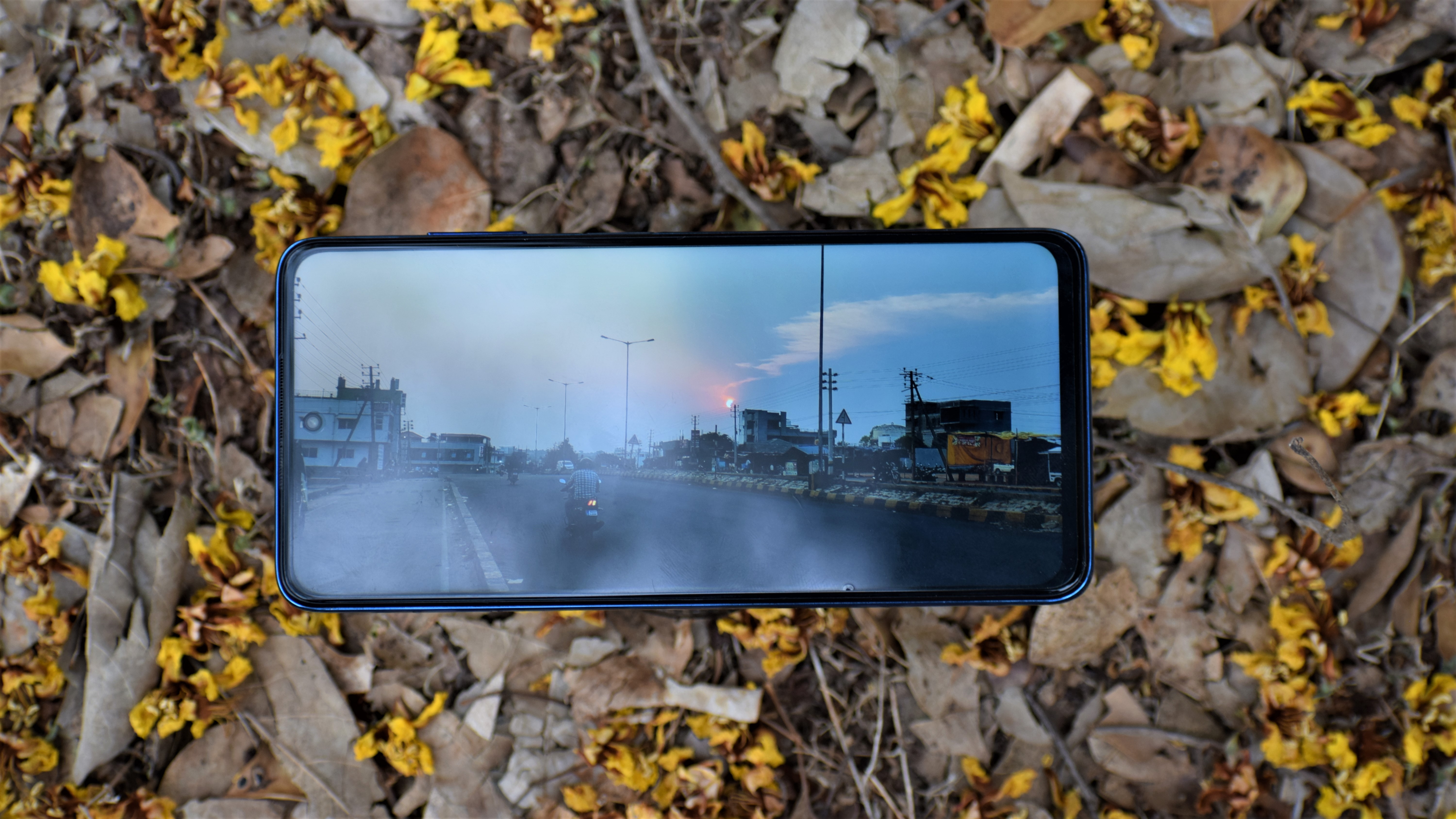
The screen itself is a good one and the phone manages to live up with the high refresh rate. The panel can produce bright, vibrant and contrast colours with a viewing angle that’s good enough. Even in outdoor usage, surprisingly I was able to text without having to use my other hand for shade. The black is pretty much good for an LCD panel level. The colour profile can be customized to lower saturation levels or different temperatures.
Even though it is an LCD panel, Poco has used a good one here. This panel should suffice almost every need unless you really need more punchy and vibrant colours. The Redmi Note 10 Pro Max and Realme 8 Pro both come with an AMOLED panel.
Performance
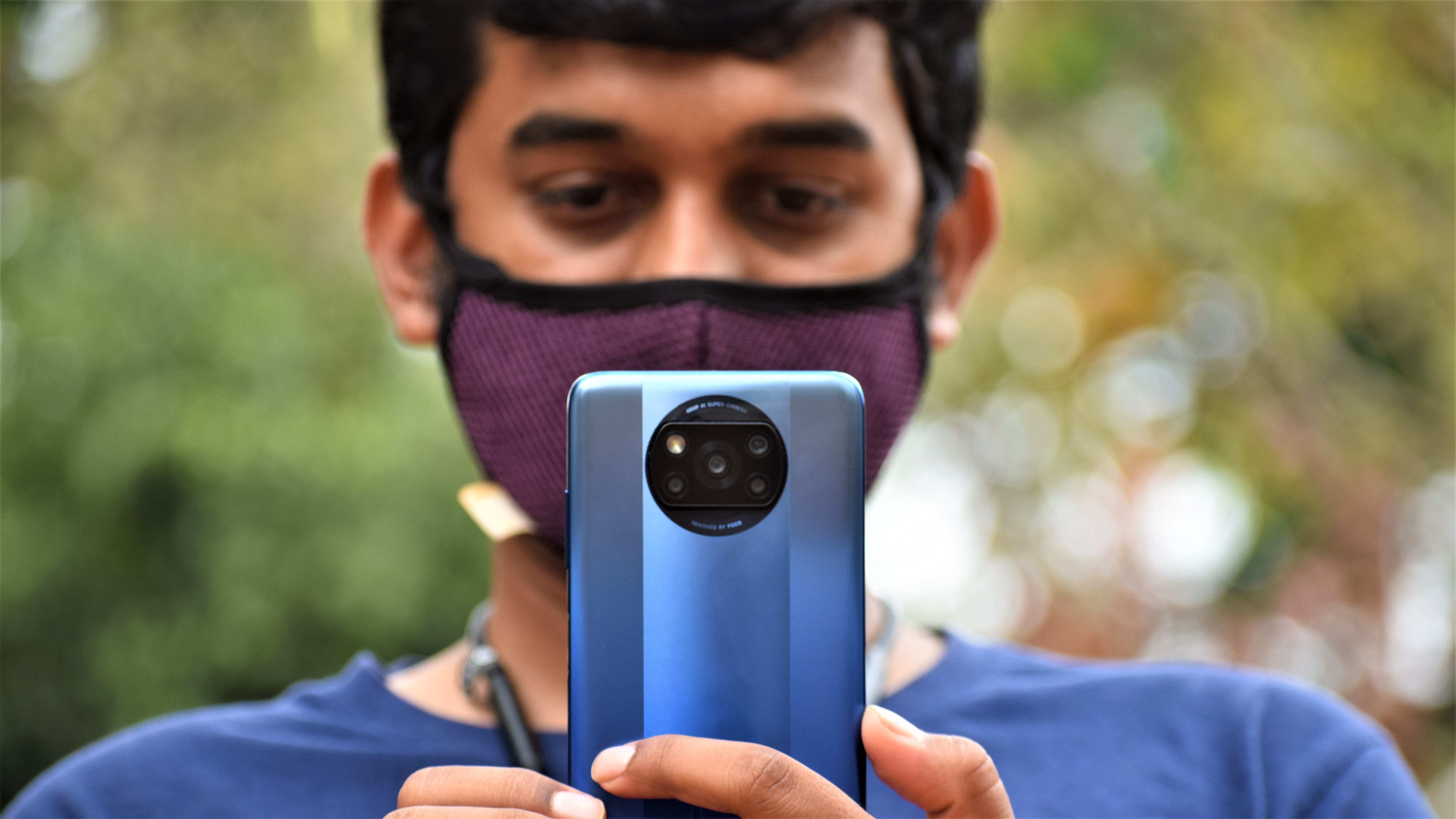
The Poco X3 Pro’s buzz is basically created by the Qualcomm made processor. The star of the show here is the Snapdragon 860 processor. It is Qualcomm’s 4G only flagship processor, however, it is a rebranded Snapdragon 855 Plus with 4G. Poco told us the ISP on the Snapdragon 860 is better than the 855 Plus 一 but, everything else remains the same.
Poco X3 Pro is the phone to beat in terms of performance under Rs 25,000
The Snapdragon 860 is an octa-core chipset built on a 7nm manufacturing process. The prime core is clocked at 2.96GHz, three performance cores run at 2.42GHz, and four efficiency runs at 1.8GHz. The Adreno 640 GPU takes off the gaming and graphics. To keep the thermals under check, the Poco X3 Pro also comes with LiquidCool Technology 1.0 Plus. The device is available in two configurations - 6GB LPDDR4X RAM + 128GB UFS 3.1 and 8+128GB combination. The inclusion of USF 3.1 storage at this price point is a great addition.

Thanks to the fast storage and flagship-grade processor, the Poco X3 flies through anything you throw at it 一 be it as simple as opening an app to playing high-end intense games. On top of the top-end performance, the 120Hz smooth screen refresh rate also plays a part in making the overall experience buttery smooth. Overall, we did not face any lag or stutters during our usage. Thanks to all high-end specs, MIUI 12 wasn’t too heavy to handle on the Poco X3 Pro.

As for the gaming, we tried out games like CoD Mobile, Beach Buggy Racing 2, and Asphalt which ran smoothly on the highest graphics possible. The Genshin Impact game ran on medium settings best while we had a bit of stutter with the highest setting. During the gaming session, the phone heats up quite a bit, but it can be handled.
In a nutshell, the Poco X3 Pro is a beast when it comes to performance and it certainly is a “Pro” as the company claims. Going forward, this is the phone to beat in 2021 in the sub Rs 25,000 segment.
Software
The Poco X3 Pro runs on MIUI 12 based on Android 11 out of the box and in the coming days, the device is also expected to receive MIUI 12.5 in coming months. Though the device runs on MIUI 12, it is a cleaner version with no ads and slightly fewer pre-installed apps. However, things are still not perfect either.
In terms of pre-installed apps, the phone comes with apps like Amazon, Duo, Facebook, GetApps, Google Pay, Mi Credit, LinkedIn, Mi Pay, Netflix, Google News, Podcast, Prime Video, Security, ShareMe, and YouTube Music apps. The default phone and SMS apps are provided by Google.
Personally, for me I feel the GetApps is the most annoying app as it keeps forcing you to update/install apps - this can't be uninstalled or force stopped, but you can disable the notifications.
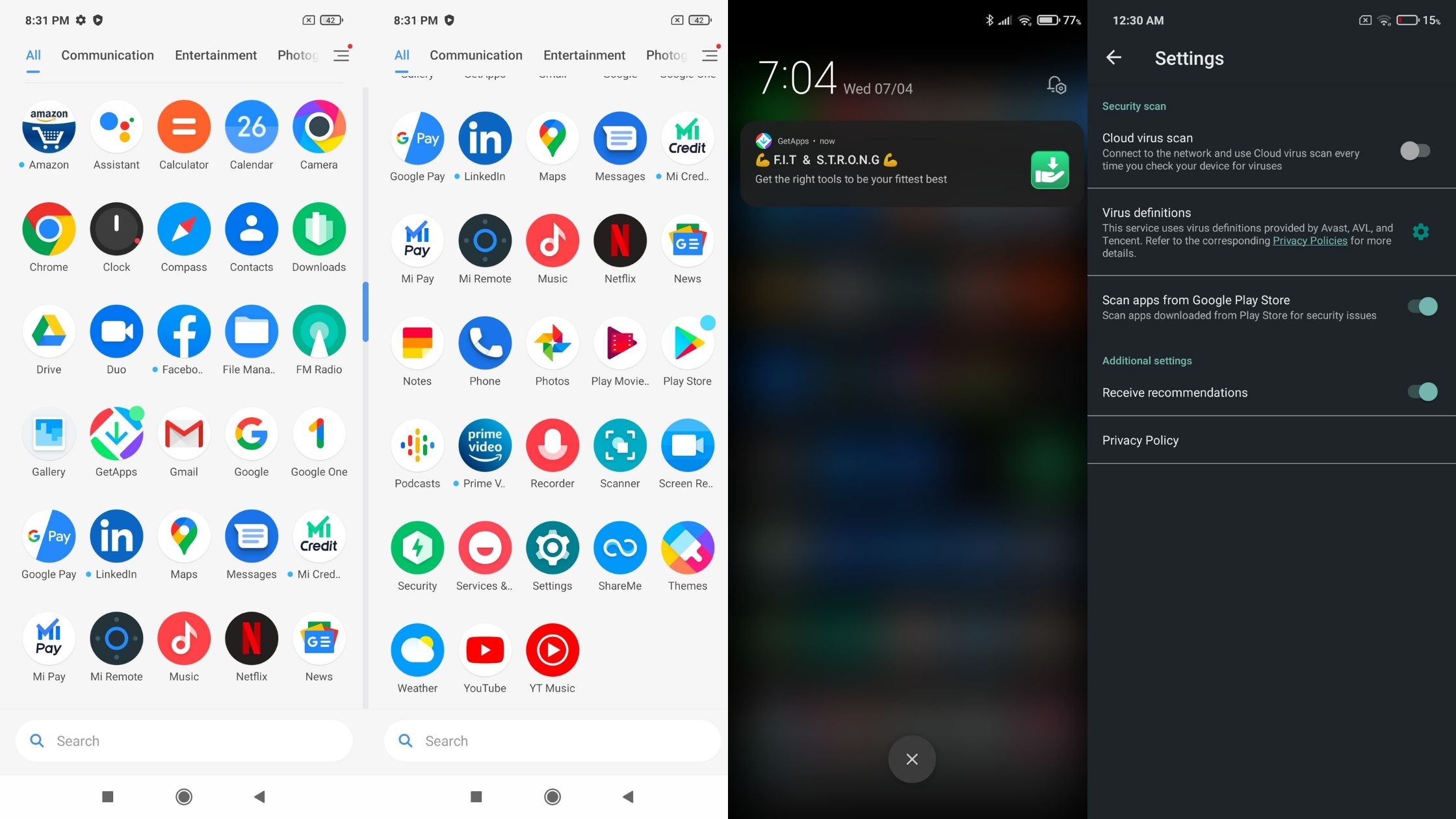
The first thing that surprised me was the fact that there is no option to have Google Discover feed on the leftmost screen. We hope Poco will add the feature in the next update. Apart from that, you get plenty of customization options such as edit icon size, transaction effects, hide apps and home screen grid size. You also get raise to wake and double-tap to wake and off options.
The core functionality of the MIUI 12 is built on top of privacy and security which means you get full access to all the permissions and security-related features inside the settings menu. I revoked push notifications from the security app, theme and GetApps and instantly blocked them as they were useless to me. Thankfully, there were no ads shown.
The memory management is quite well here thanks to 6/8GB RAM and a capable chipset. However, I noticed that the battery optimization was far too aggressive as I did face delay in notifications from apps like Slack and Instagram. During my time with the Poco X3 Pro, I did not receive notifications from Instagrams 9 out of 10 times - which is a pretty bad experience. Yes, all battery optimizations were disabled.
Some other handy features include button shortcuts, quick ball, one-handed mode, Game turbo, video toolbox, and Lite mode. Apart from a couple of negatives which we mentioned above, the MIUI 12 skin has shaped up pretty well and Poco X3 Pro should get better with the upcoming updates.
Cameras
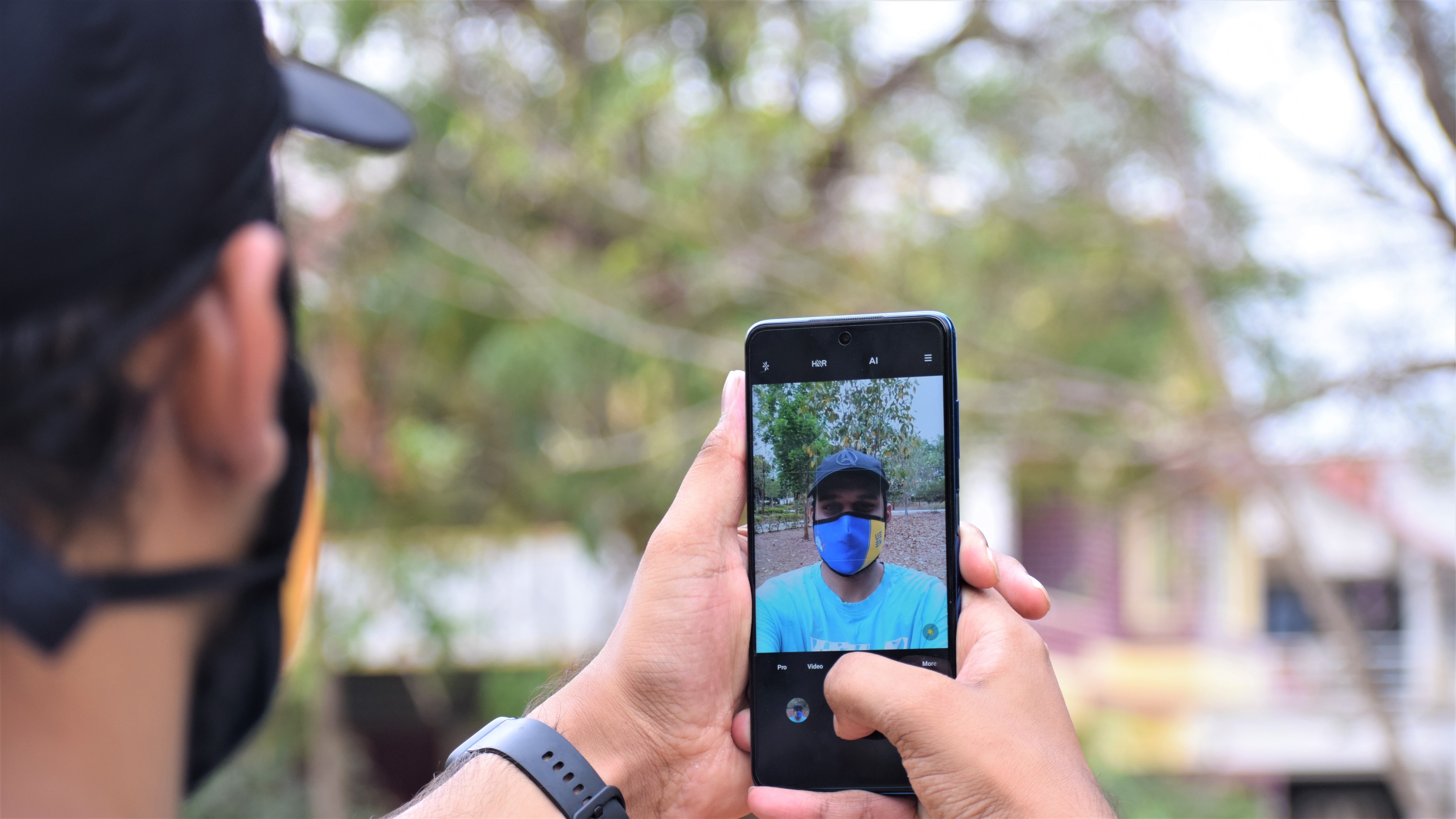
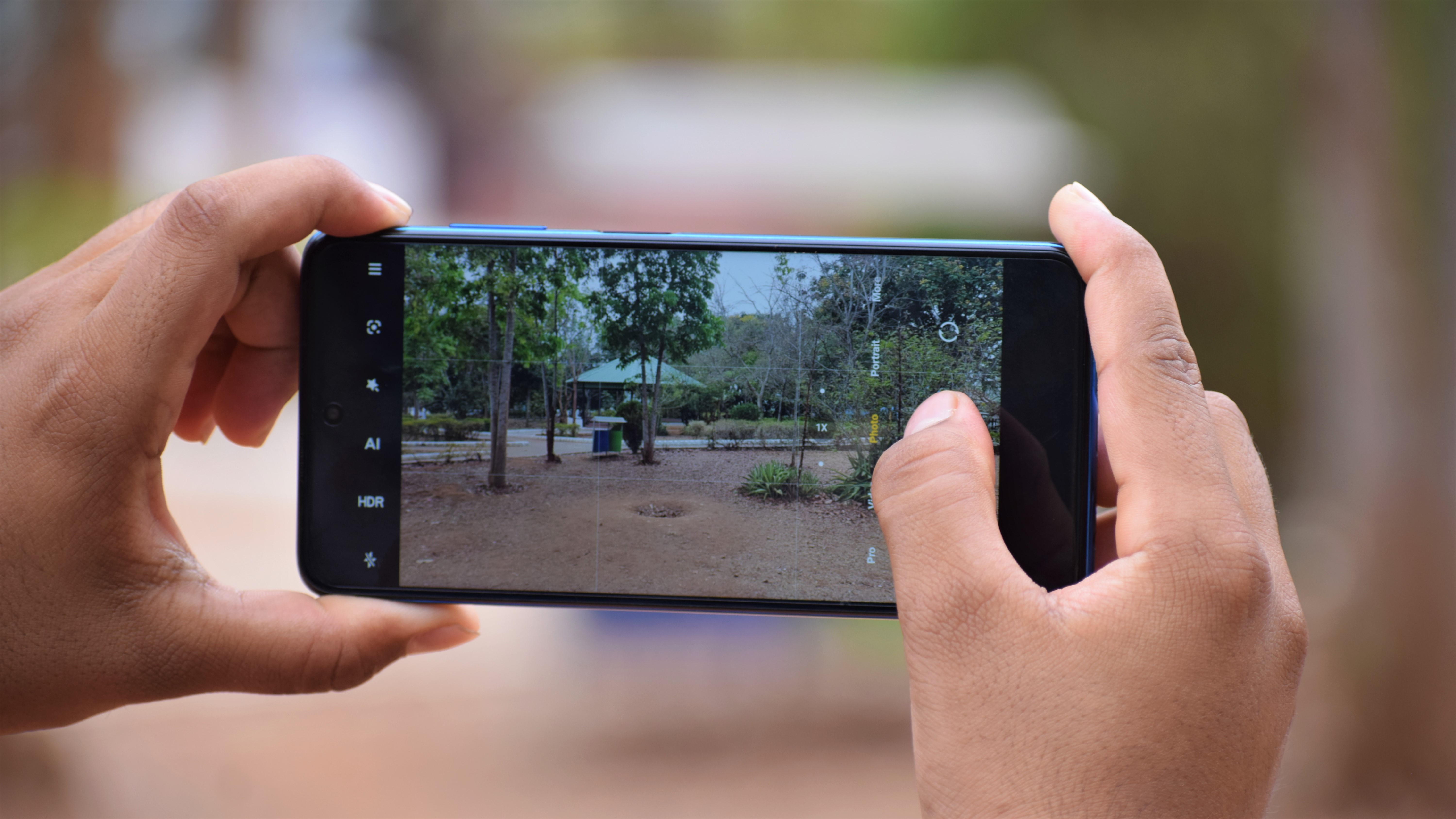
To be honest, we were skeptical about the cameras on the Poco X3 Pro since it was announced globally, but it did manage to surprise us by a fair bit in real-world performance.
In the optics department, the Poco X3 Pro comes with a quad-camera setup with a 48MP Sony IMX582 sensor (f/1.79), an 8MP ultra-wide lens with f/2.2, a 2MP depth sensor, and a 2MP macro lens - both with f/2.4. Selfies are handled by a 20MP sole camera with an f/2.2 aperture.
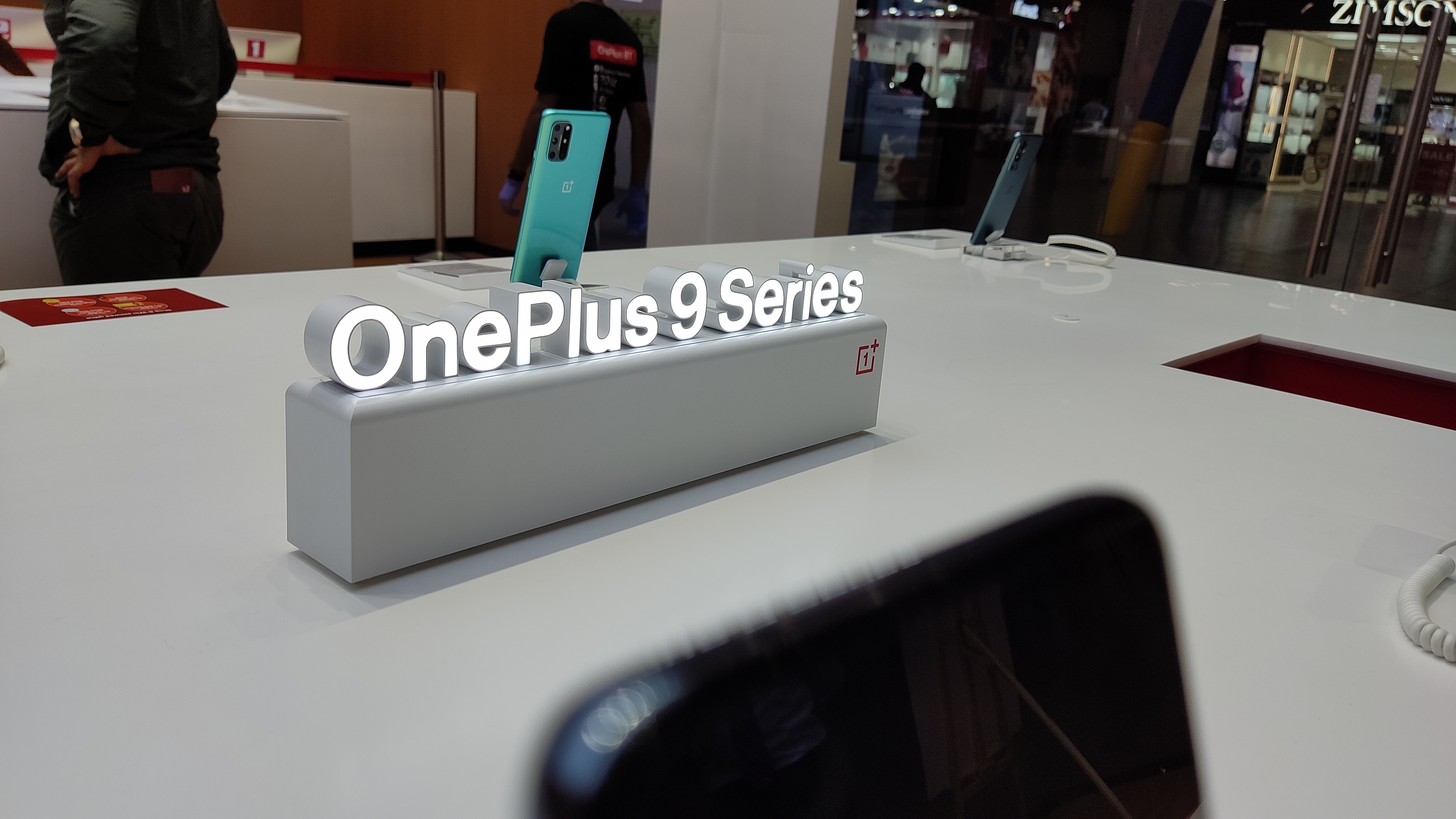
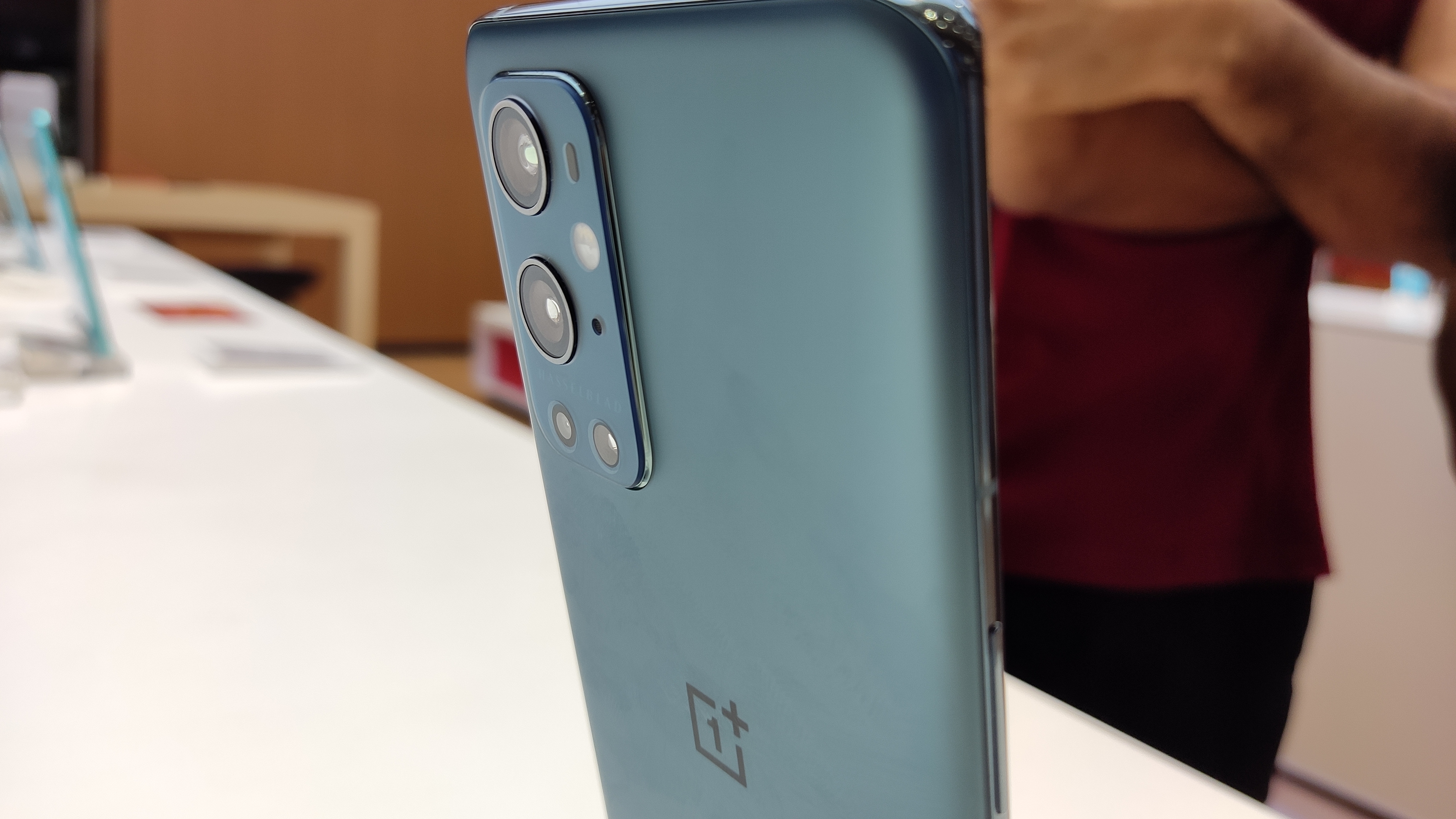
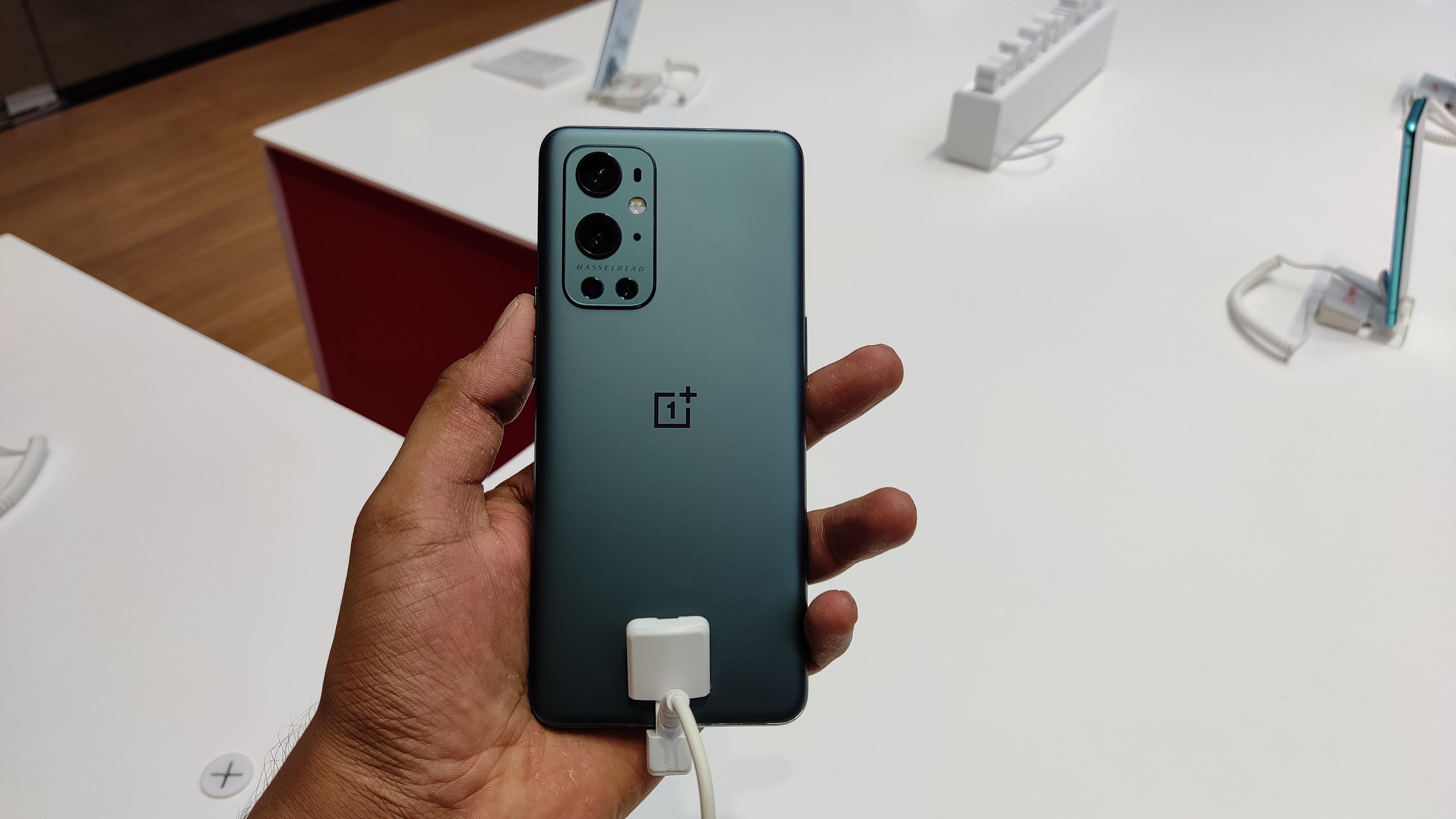



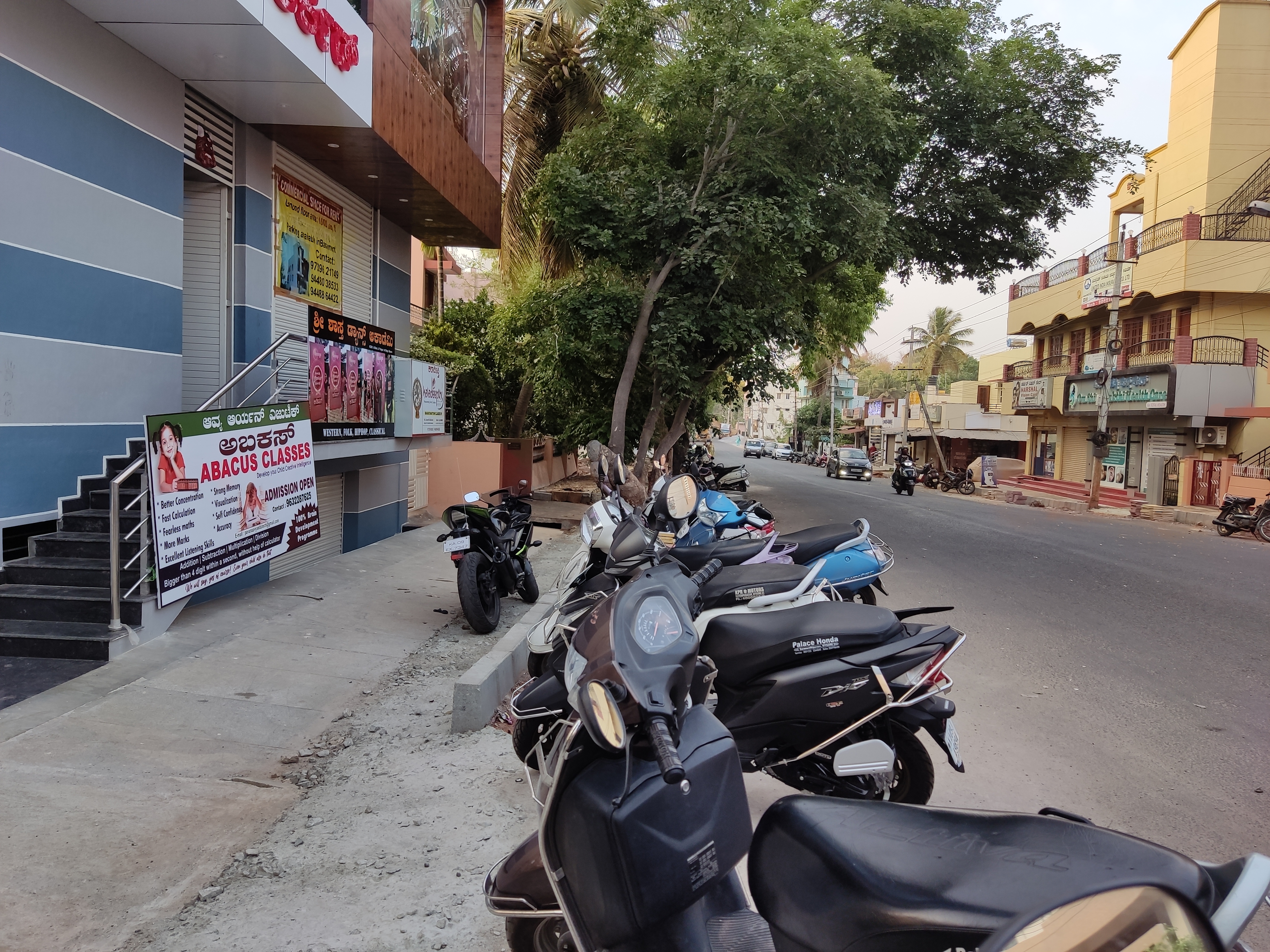

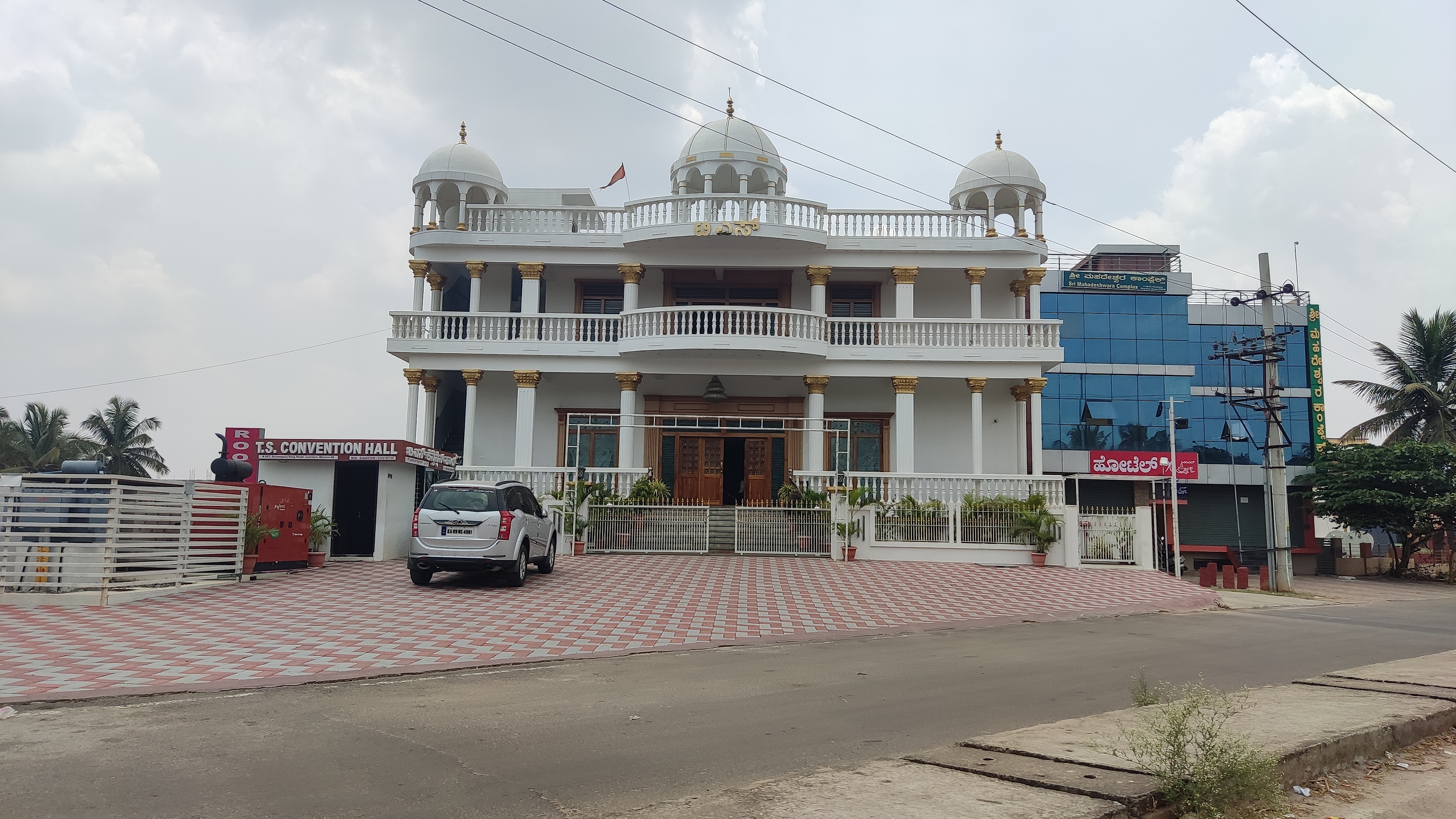

By default, the pictures are captured in 12MP and come out with good details, vibrant colours and dynamic range is also very good. The phone manages to bring ample details out of the subject along with fair colour reproduction. The HDR mode is turned off by default, but we’d suggest you turn that on, so you get a better result.
The 48MP mode brings in more details when you zoom in and the images are more usable than the default 12MP output.
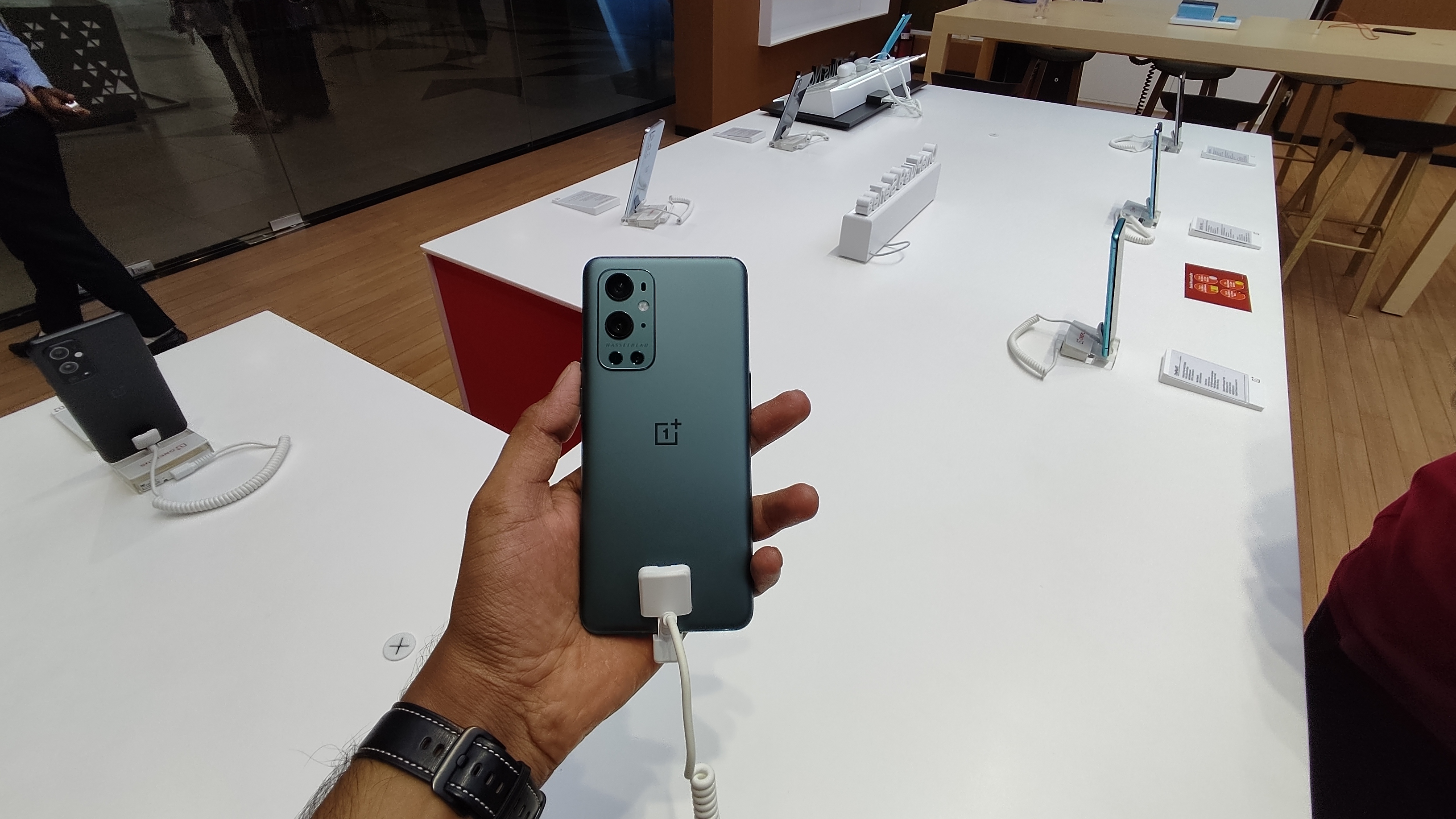
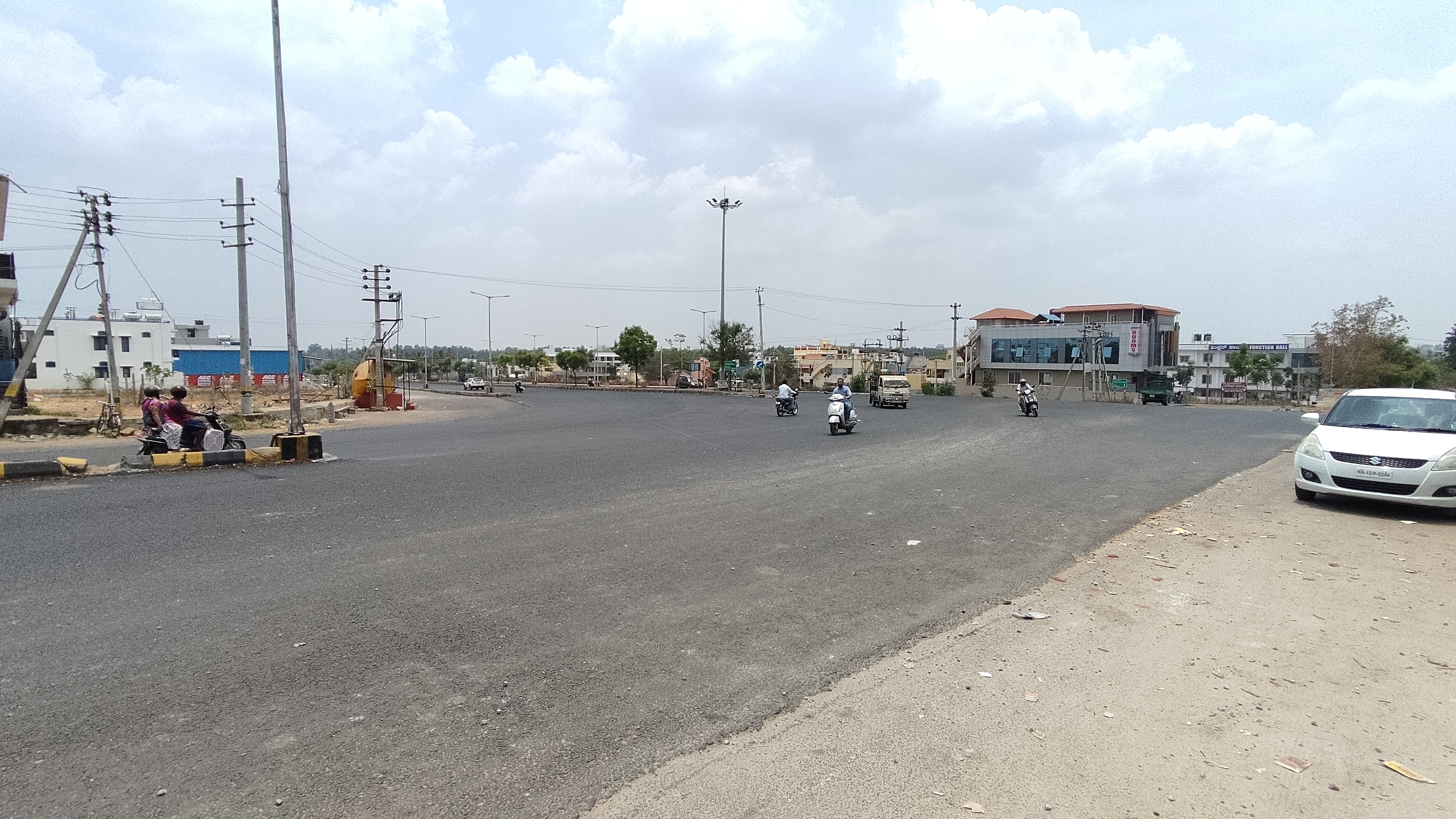
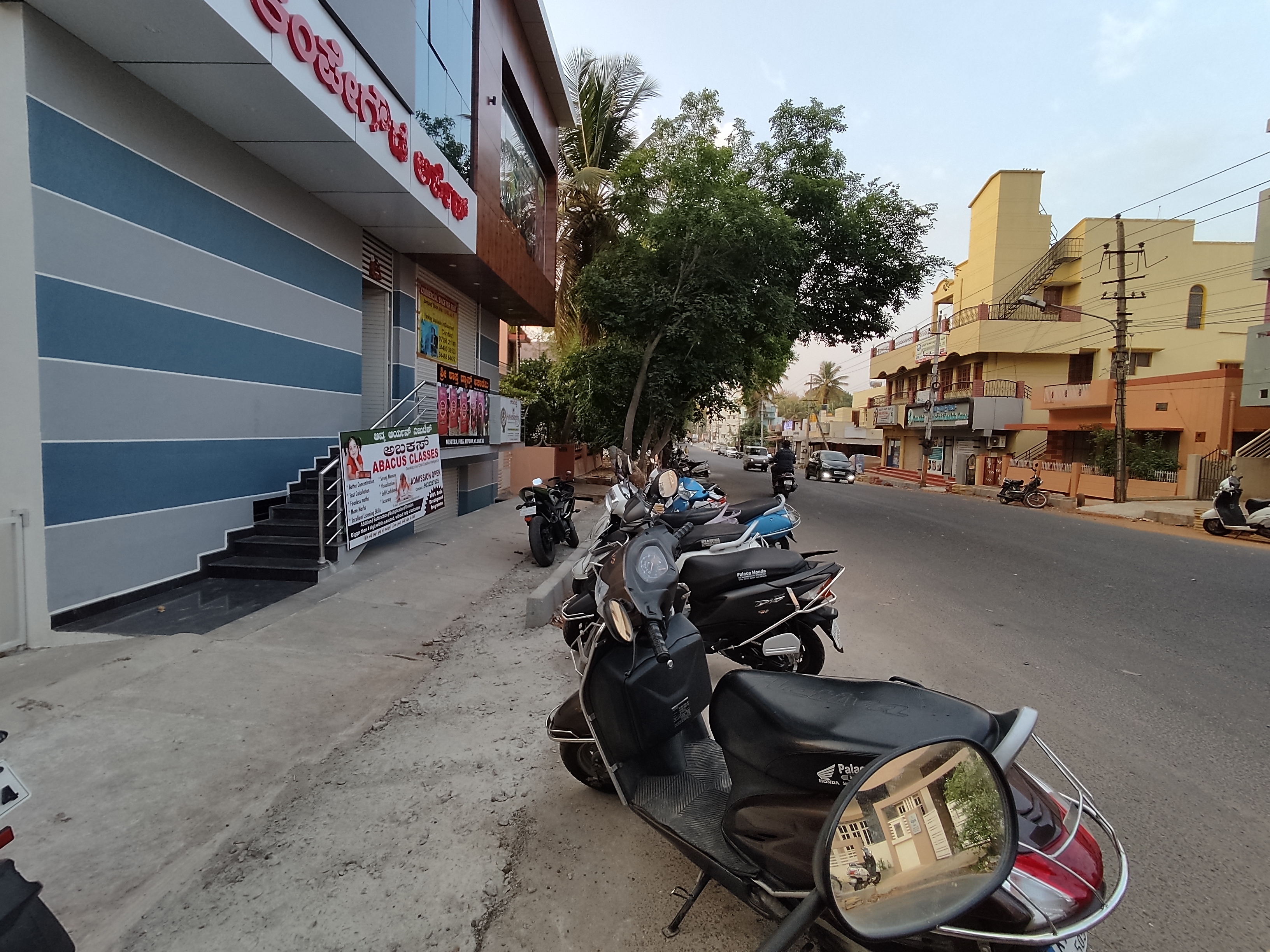





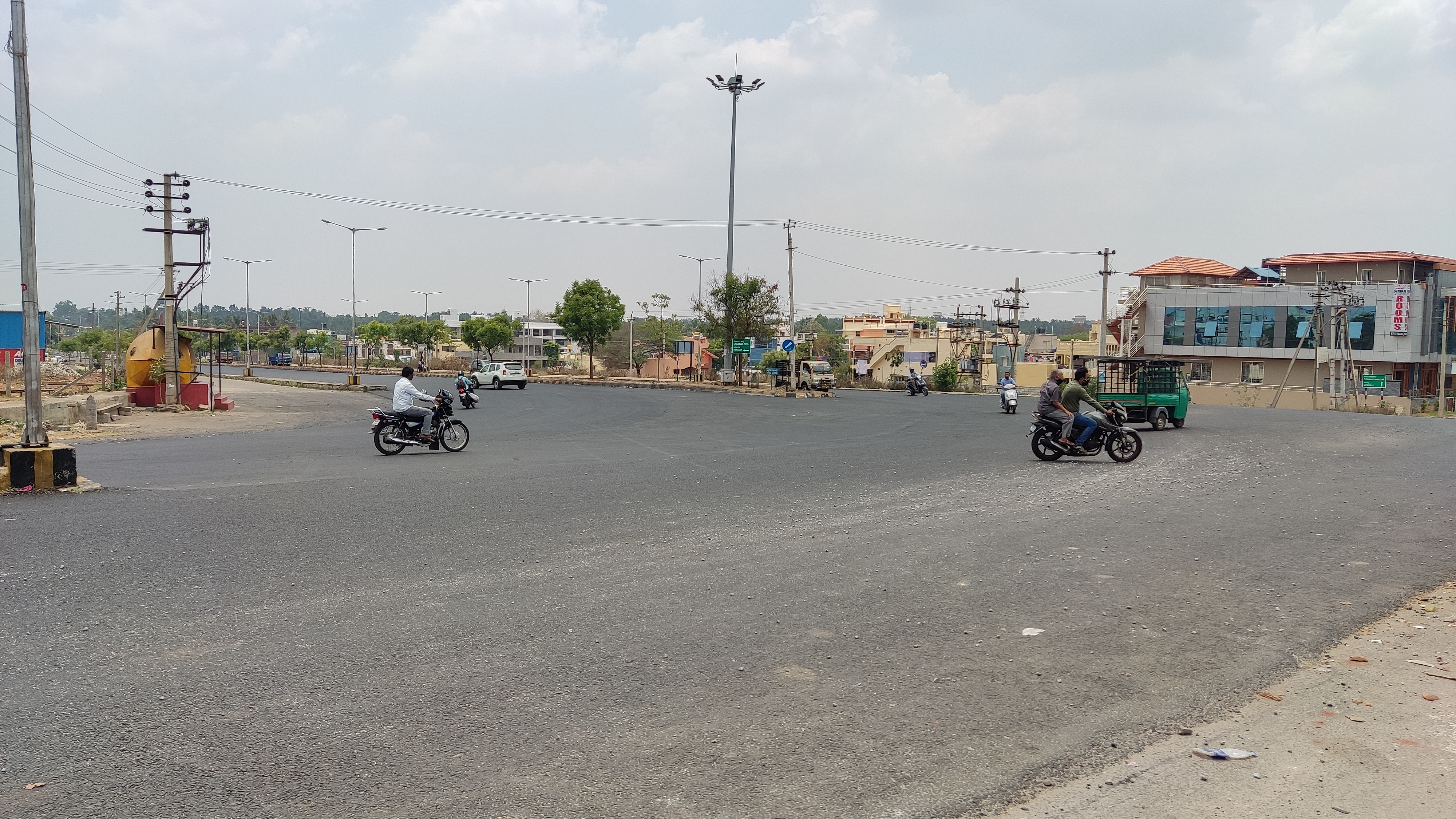
The 8MP ultra-wide lens is a downgrade from 12MP on the Poco X3. The low resolution also means that we lose out on more details in the wide-angle shots while the colour difference between the normal and wide pictures are more evident. The dynamic range manages to keep up, but takes a bit of a hit. The white balance is very different from the primary lens too. The images also often lack sharpness around the corners.


The 2MP macro sensor is hard to get hold of due to low resolution and shaky hands. You can expect just an average level of output from the macro lens. The Redmi Note 10 Pro series is still the best phone with an excellent macro lens.
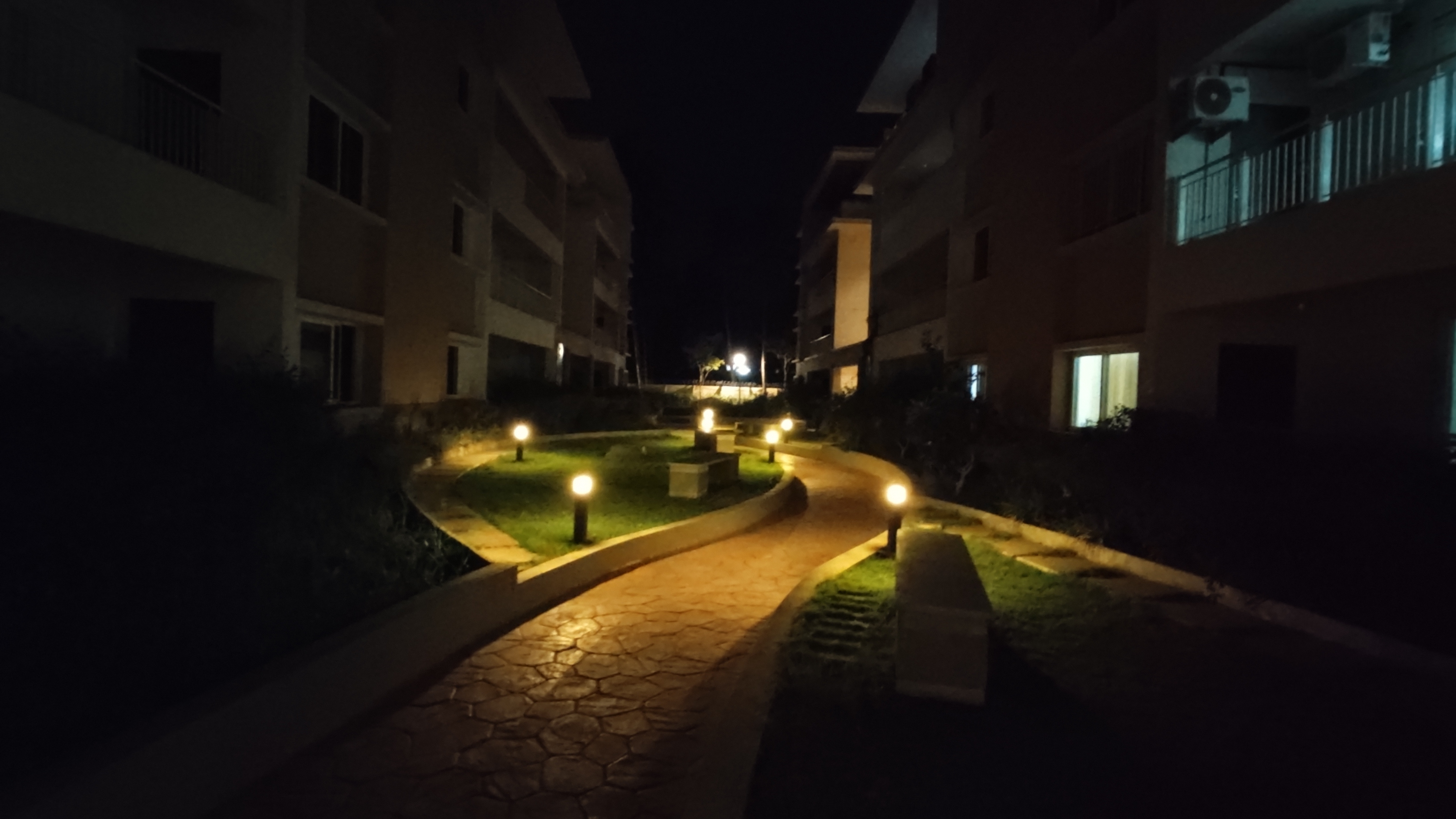
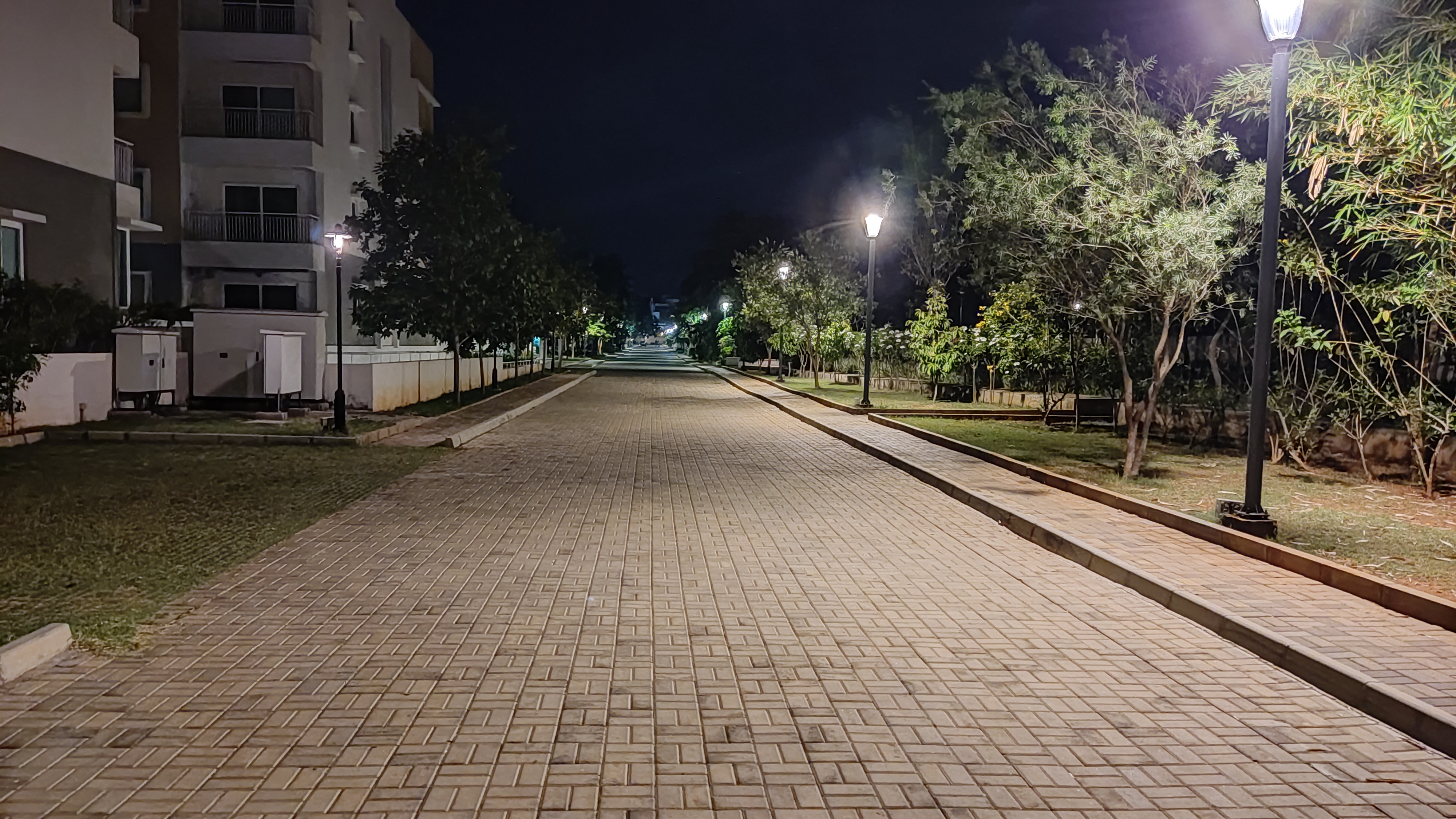
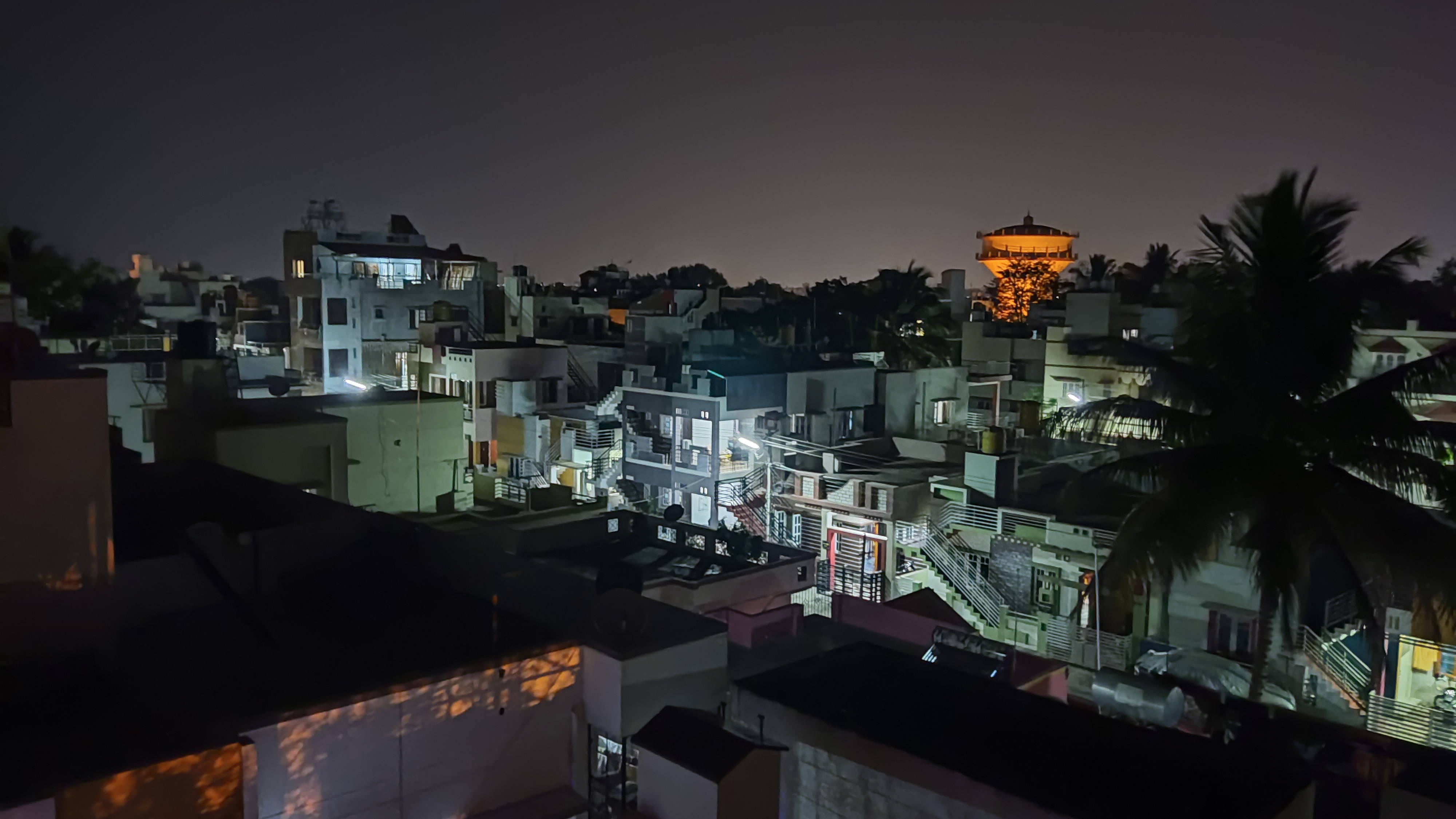
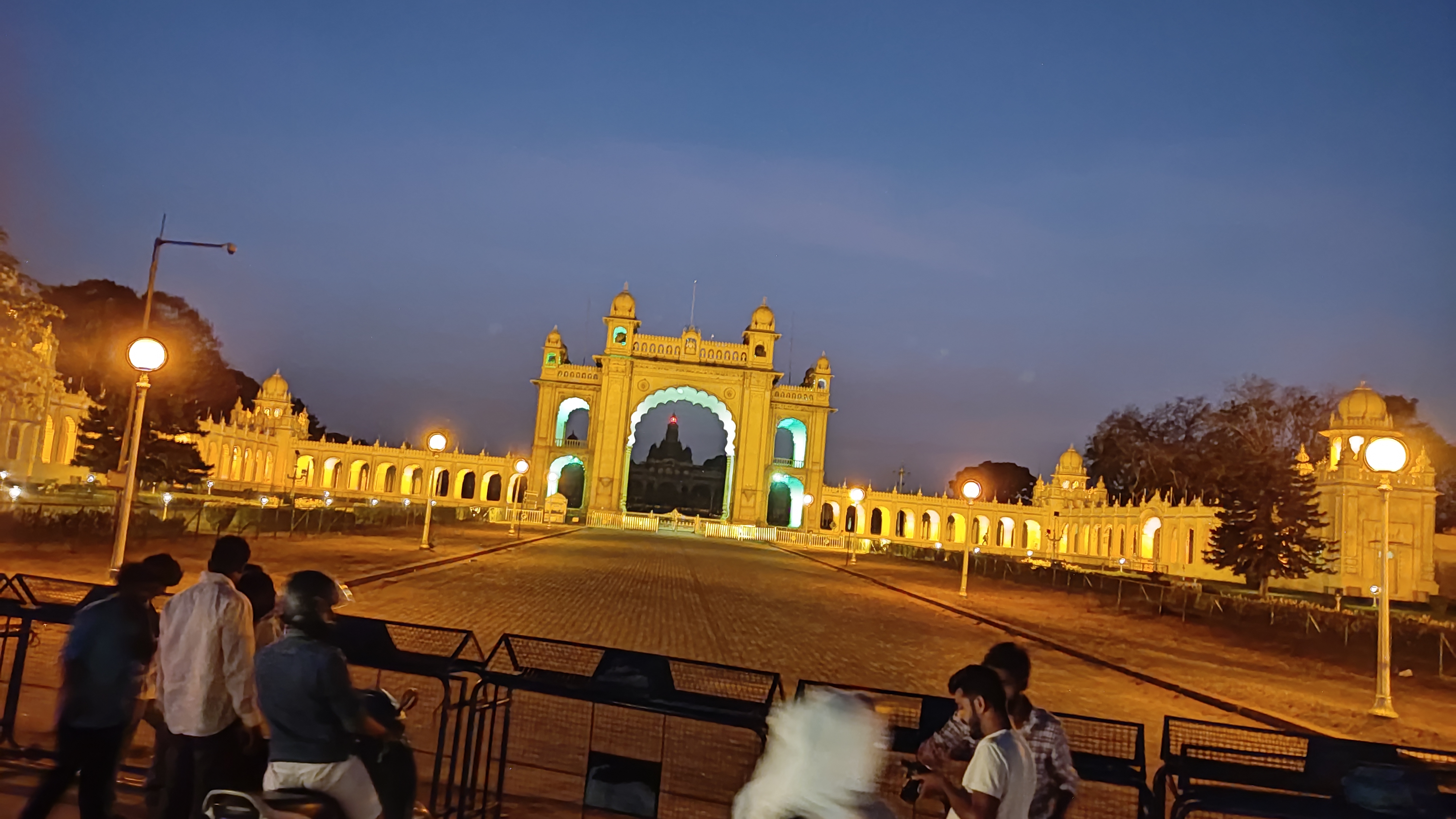




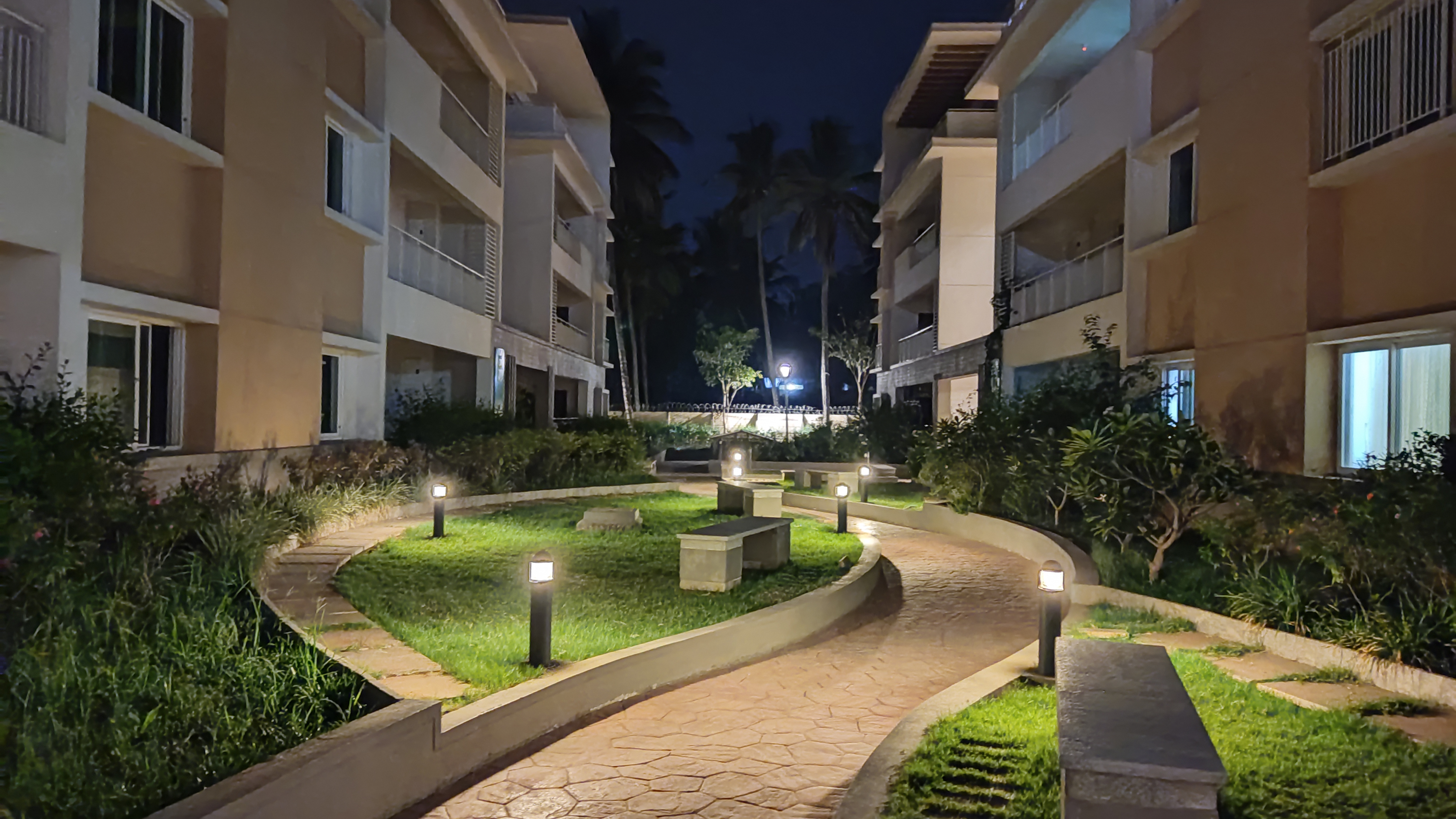
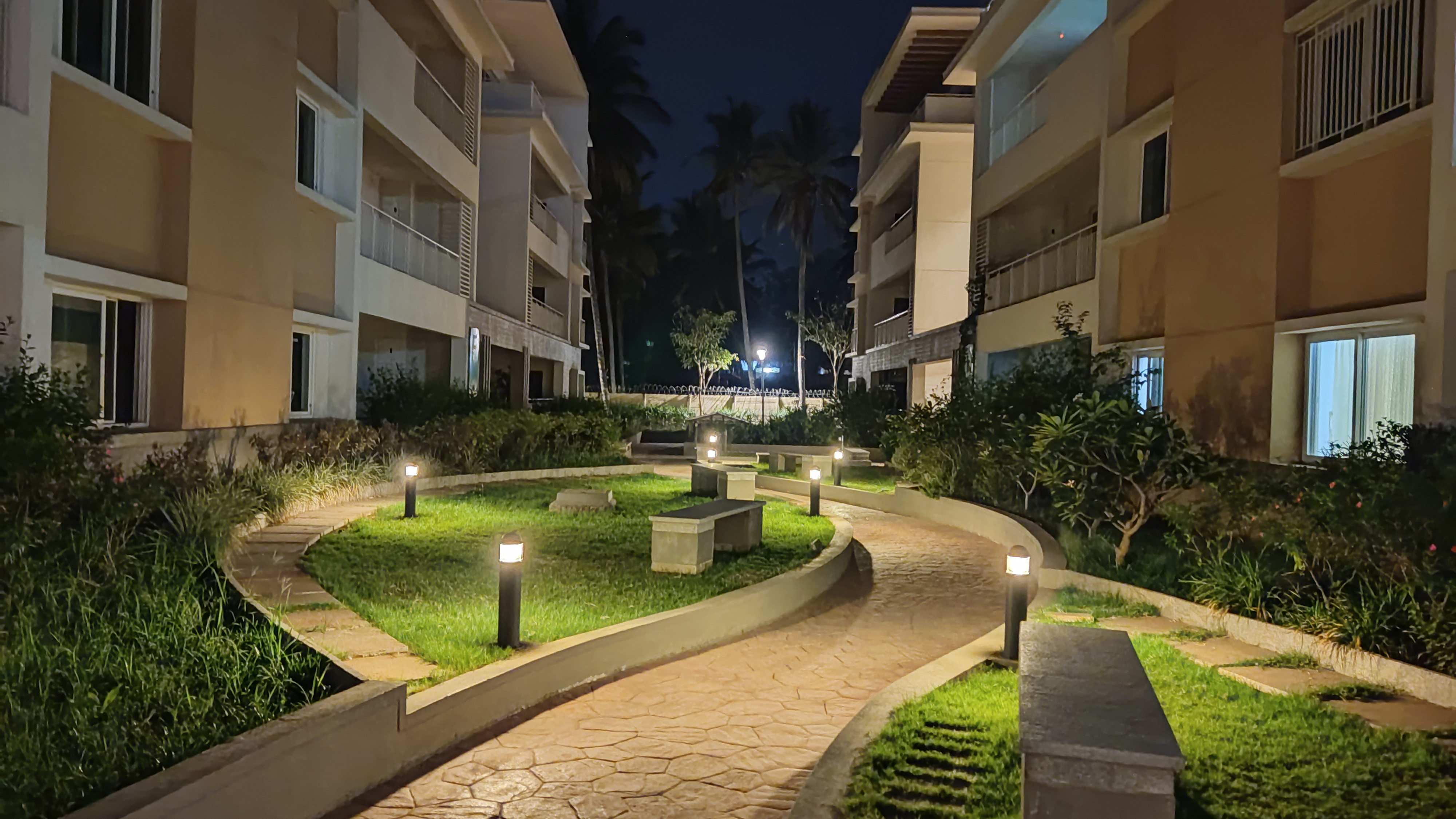
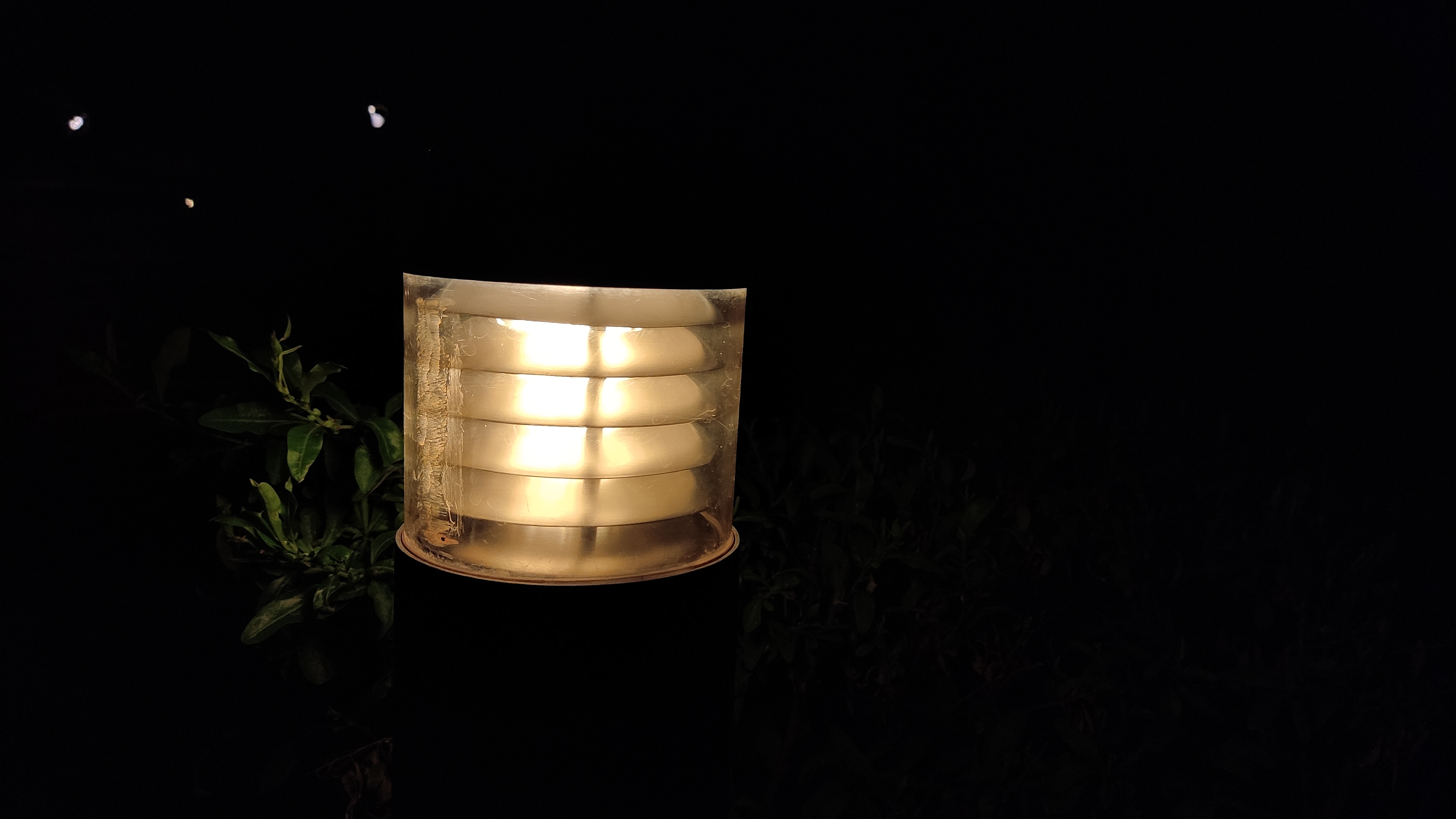
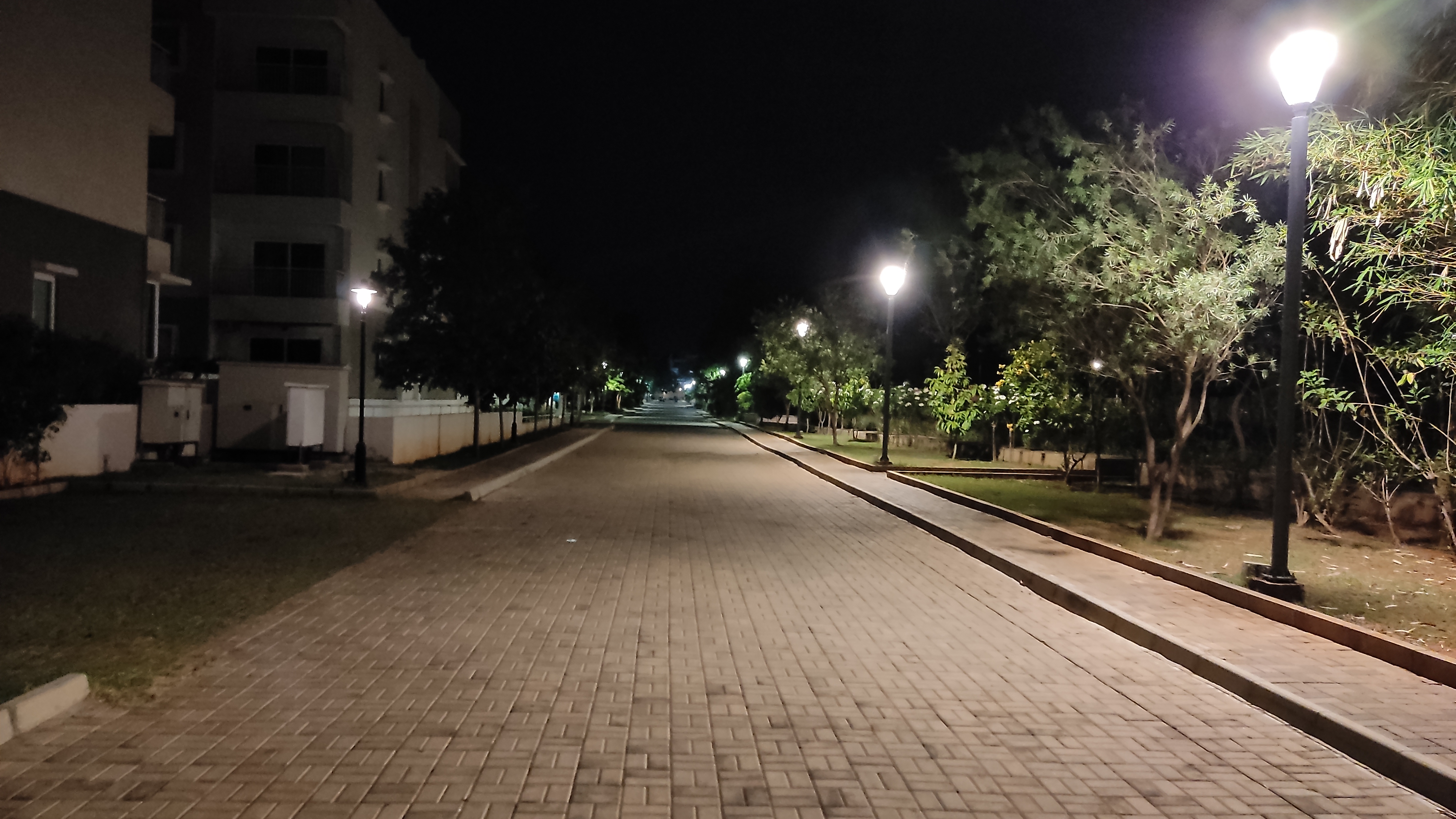
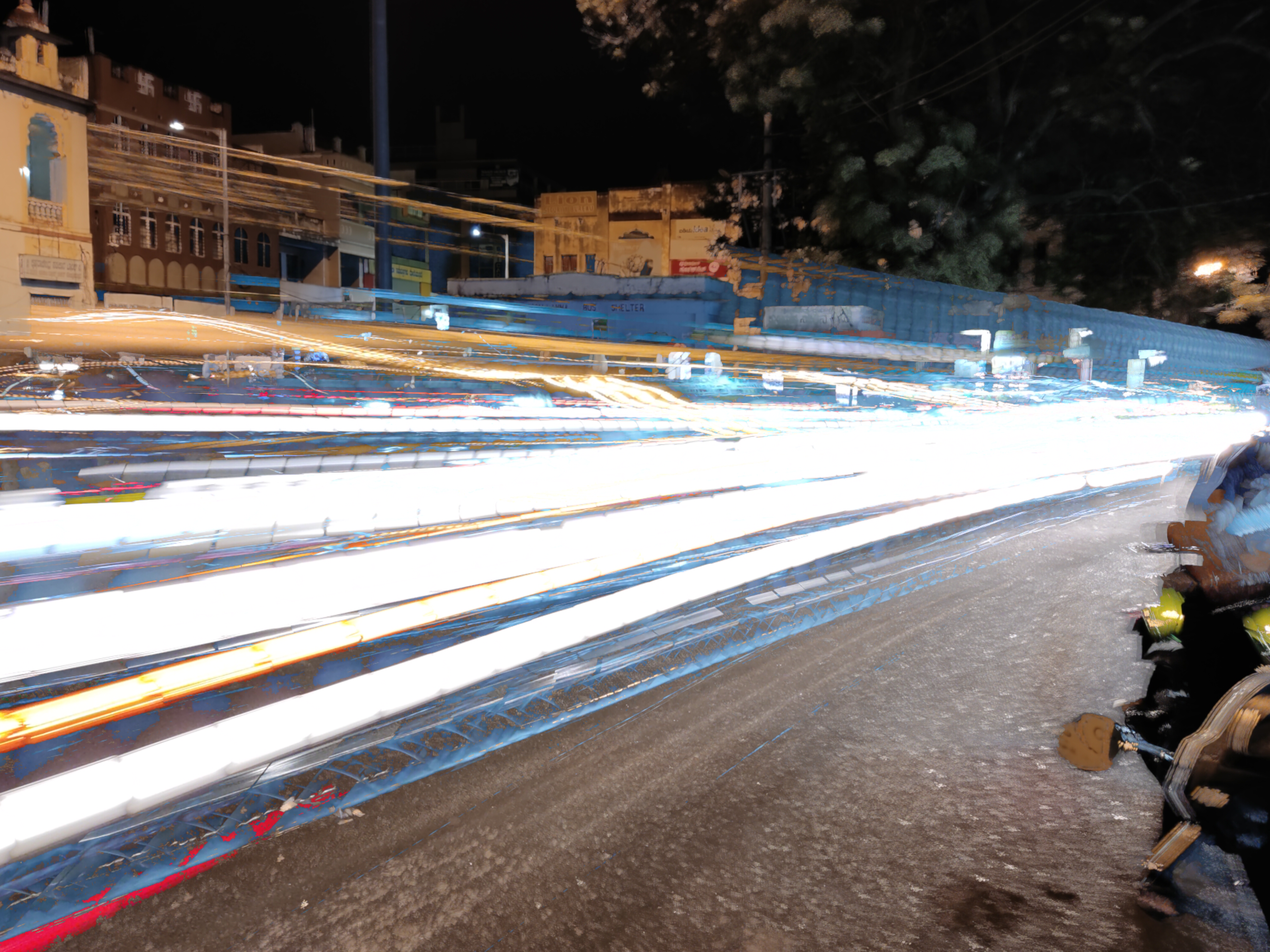
As for the night mode, the Poco X3 Pro surprised us with its performance, the dedicated night mode clicks images that have more details and better dynamic range. The process also makes the images much softer, but that’s noticed only if you zoom in.

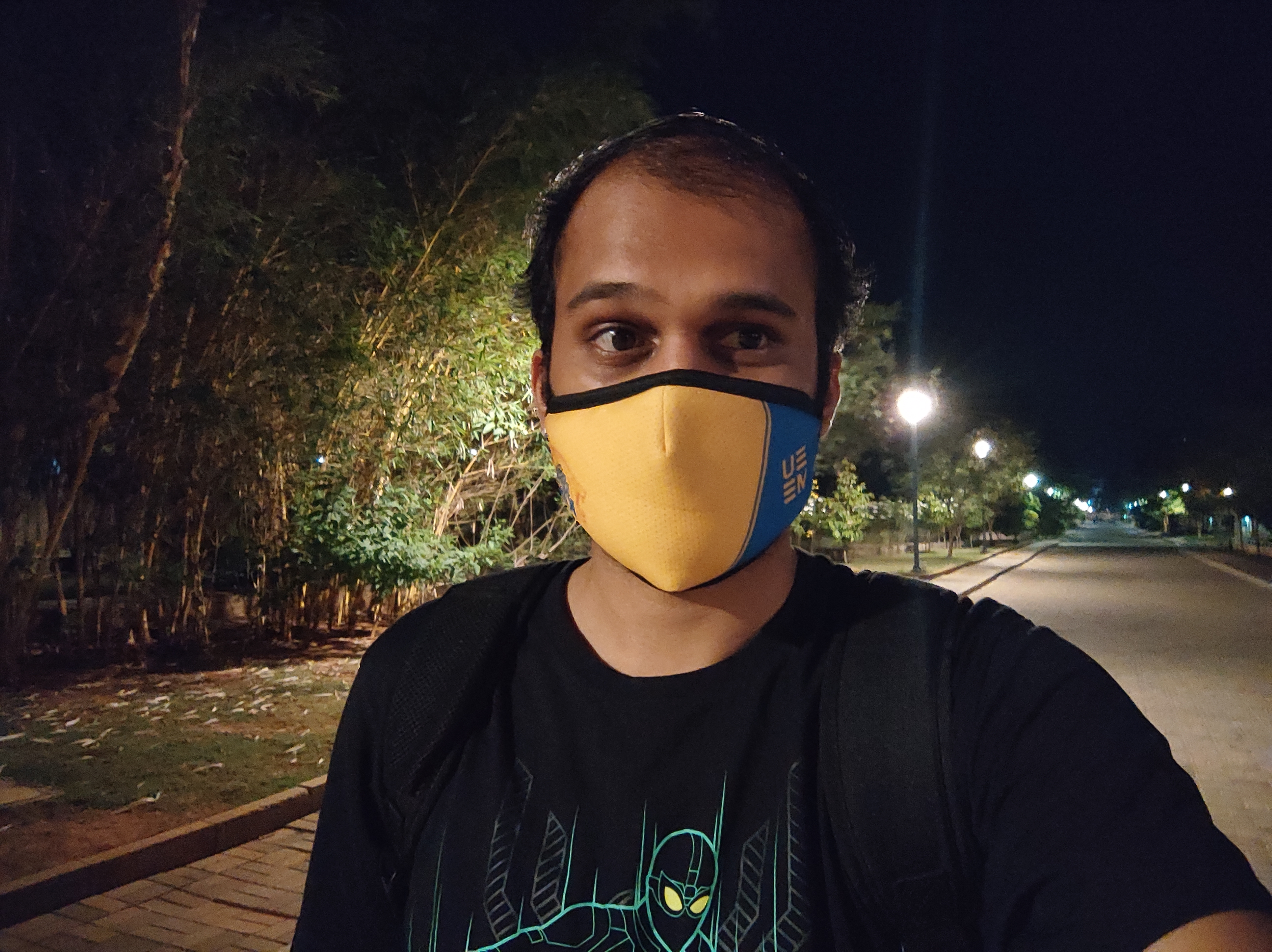
Selfies are handled by a 20MP punch-hole camera and they’re not the best in the segment but will serve for the purpose of video calls and social media interaction. The portrait could get better with updates.
Overall, the Poco X3 Pro’s performance is very good be it daylight or low light, but it is let down by other companion cameras. The camera app also packs in a punch of shooting modes like Pro, short video, VLOG, slow-mo, time-lapse, long exposure, dual video, and clone mode. You also get the sky replacement mode which is a pretty addictive feature.
Battery
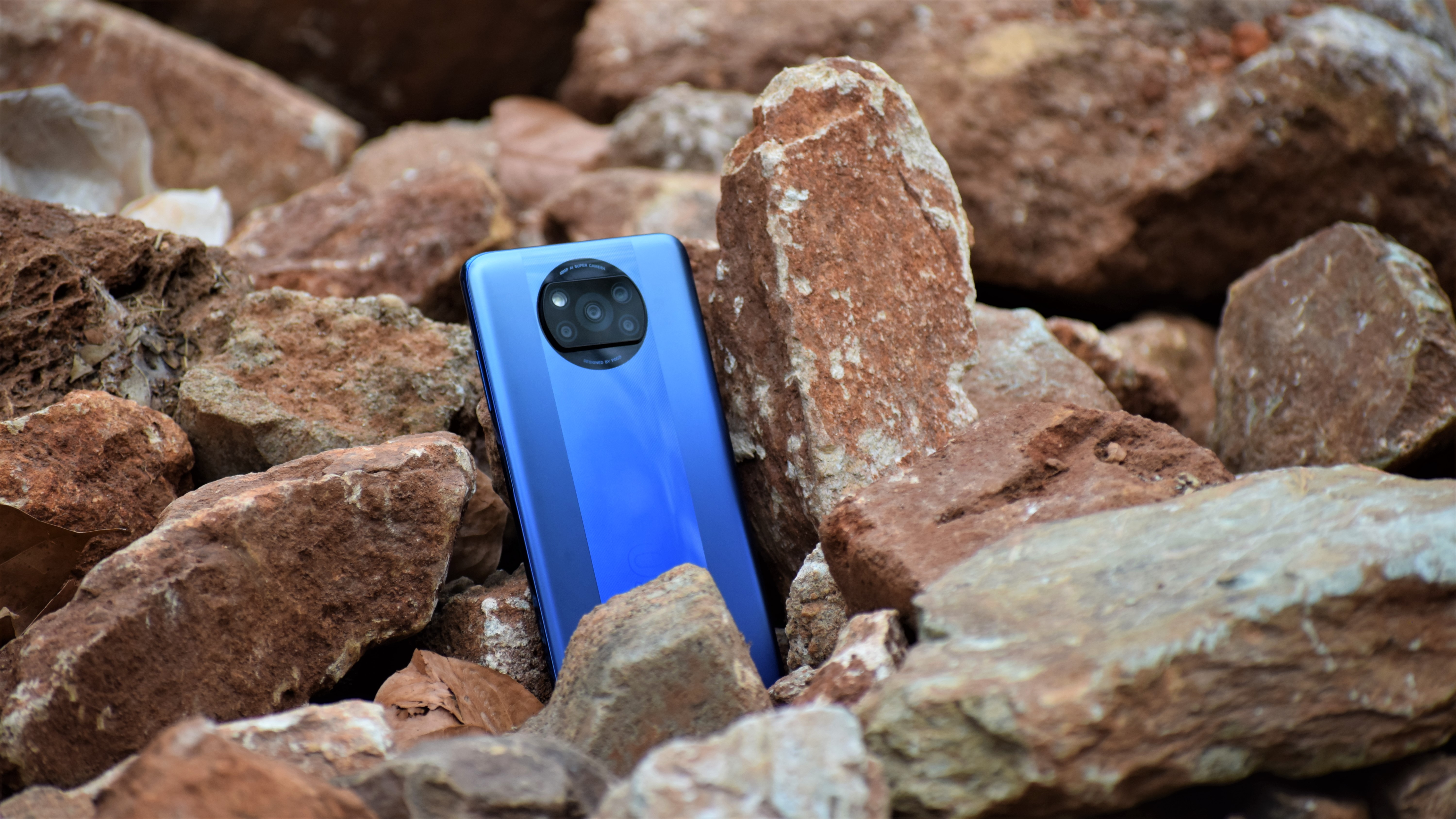
One thing that we can relate with all the previous phones is good battery life, in other words, the battery life has never been a let down in any Poco device in the last year, be it the budget or mid-range devices. The Poco X3 Pro packs in a 5,160mAh battery and 33W MMT fast charging.
With our usage primarily based from home and connected to Wi-Fi thought-out the day which included usage like social media, emails, slack, and a bit of gaming, the phone easily lasted the day. We did touch the 7 hours 30 minutes mark on quite a few occasions, with at least 6 hours and 30 minutes being the baseline for the device. Considering we get a Snapdragon 8 series chipset, we’d take these stats happily as the battery life of most flagship phones are average at best these days.
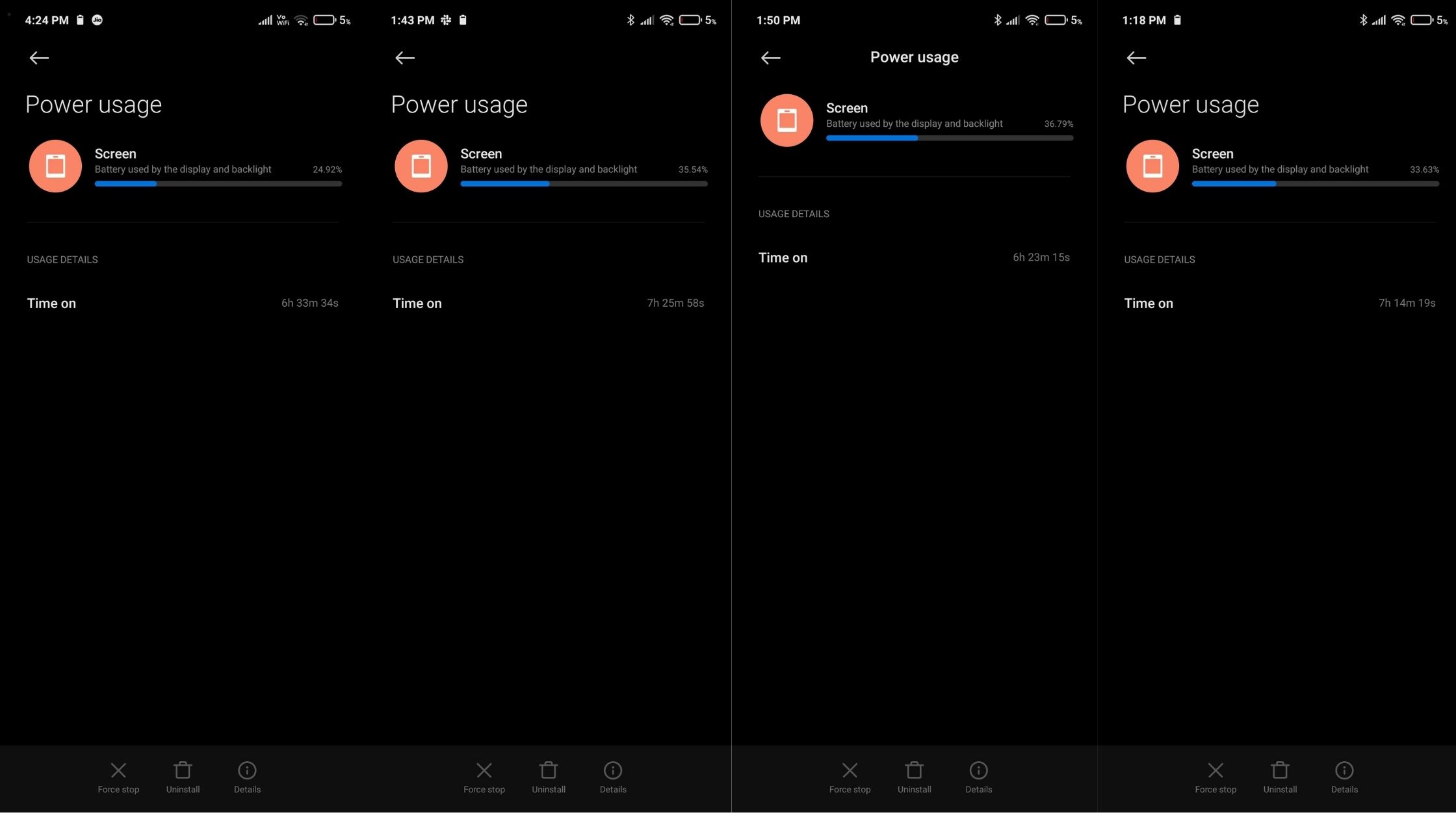
As for the charging speeds, Poco claims the device can fully charge in 59 minutes and up to 59% in just 30 minutes of charge with the provided 33W MMT charger. But, those numbers were no way close to our testing; the device took 90 minutes to charge from 5 to 100% most of the time and a few more minutes on a couple of occasions. In 30 minutes, our best result came out at 44% 一 way lower than the company’s claim.
The device also supports 26W USB Power Delivery.
The charging speeds are not too bad, but they’re not good either. We’ve seen phone charge quicker in this segment or even lower. For context, the Realme 8 with a 5,000mAh battery can be fully charged in just 59 minutes with a 30W in-box charger.
While we are happy with the battery life, we think there is still room for improvement when it comes to fast charging.
Biometric
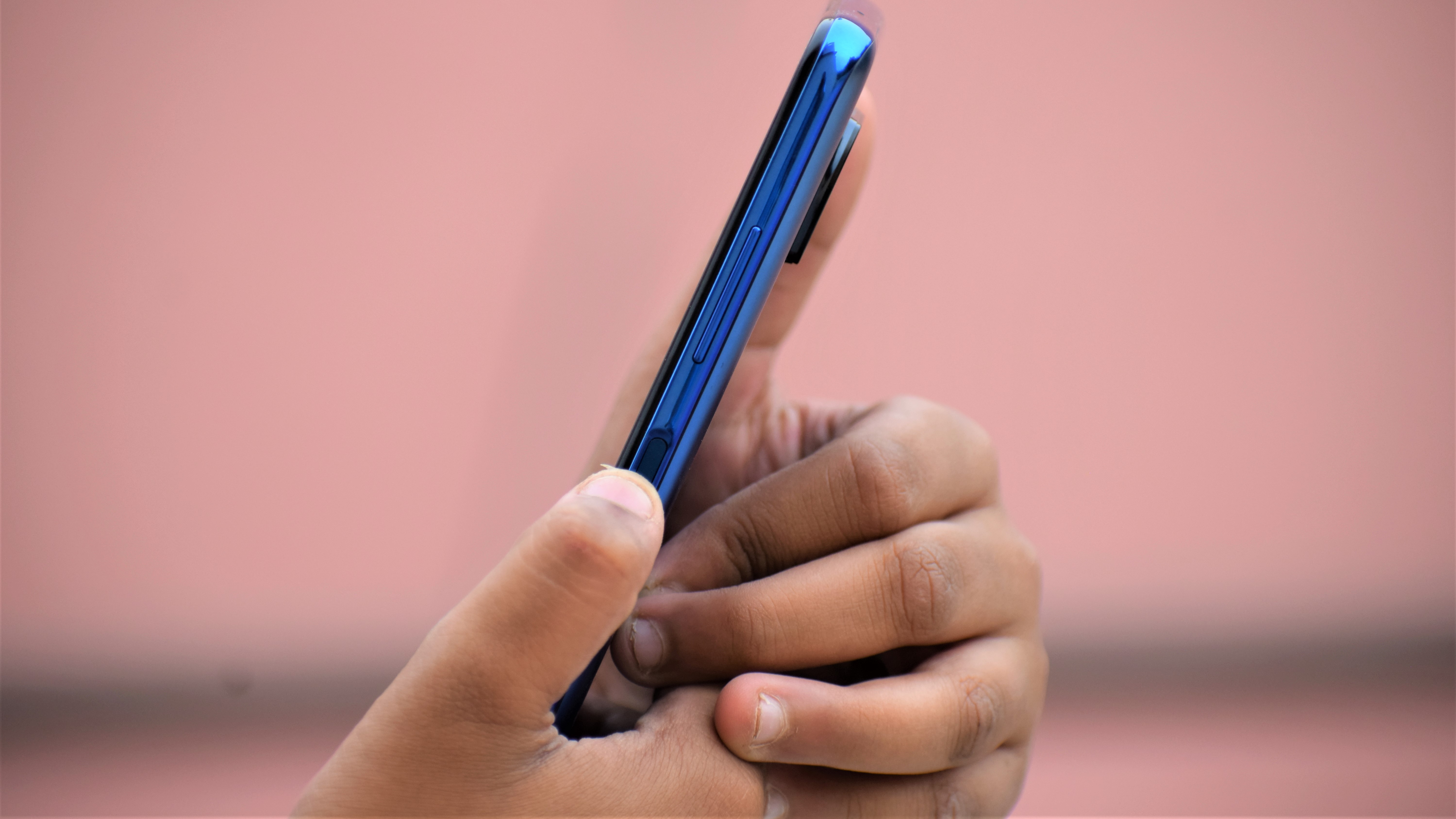
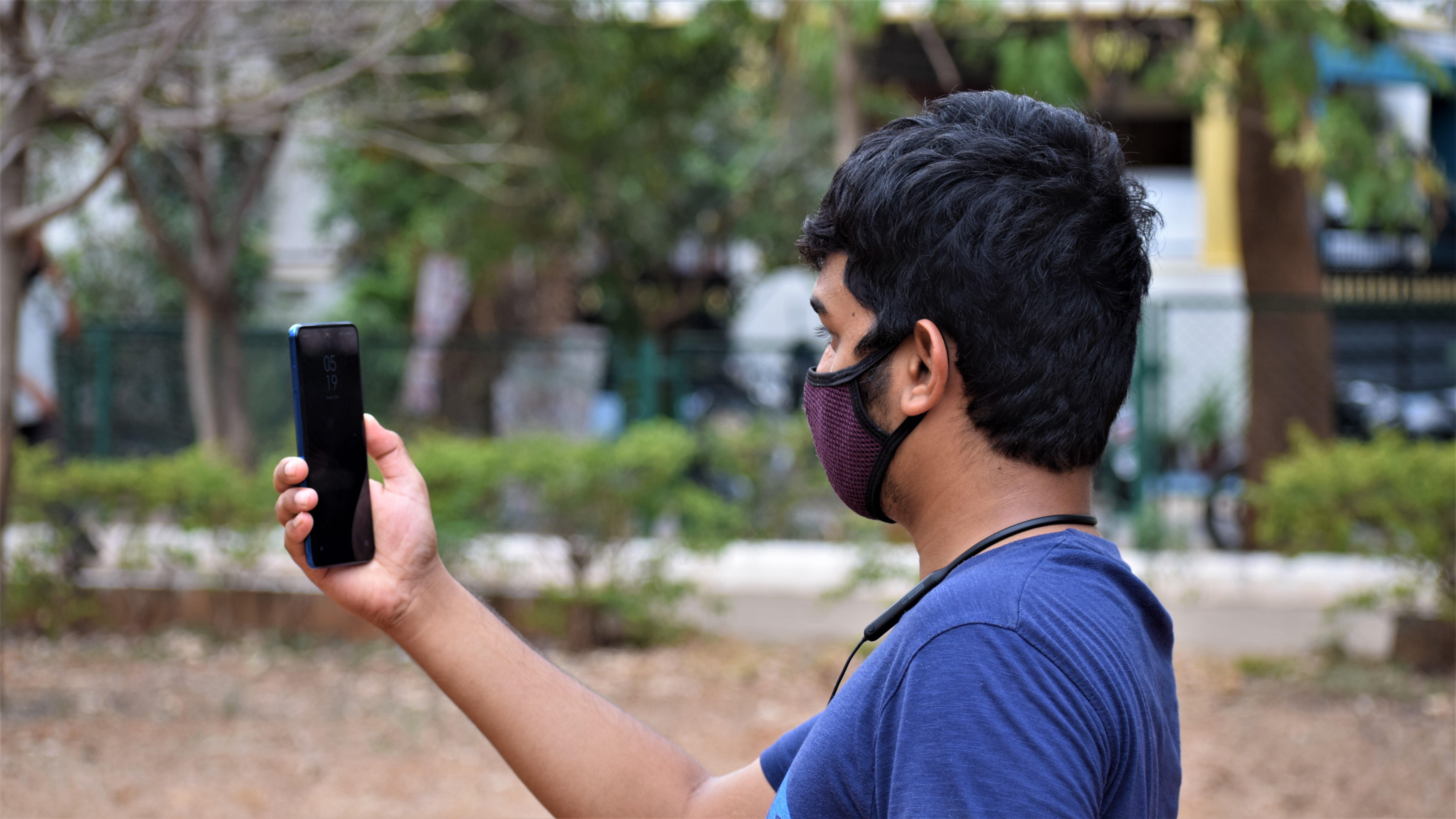
As pointed out earlier, the Poco X3 Pro’s power button on the side doubles up as an active fingerprint scanner. The placement is very convenient and easy to reach with the thumb. The authentication process is flawless and works as intended. There is also face unlock, which is faster than the fingerprint scanner authentication.
Audio
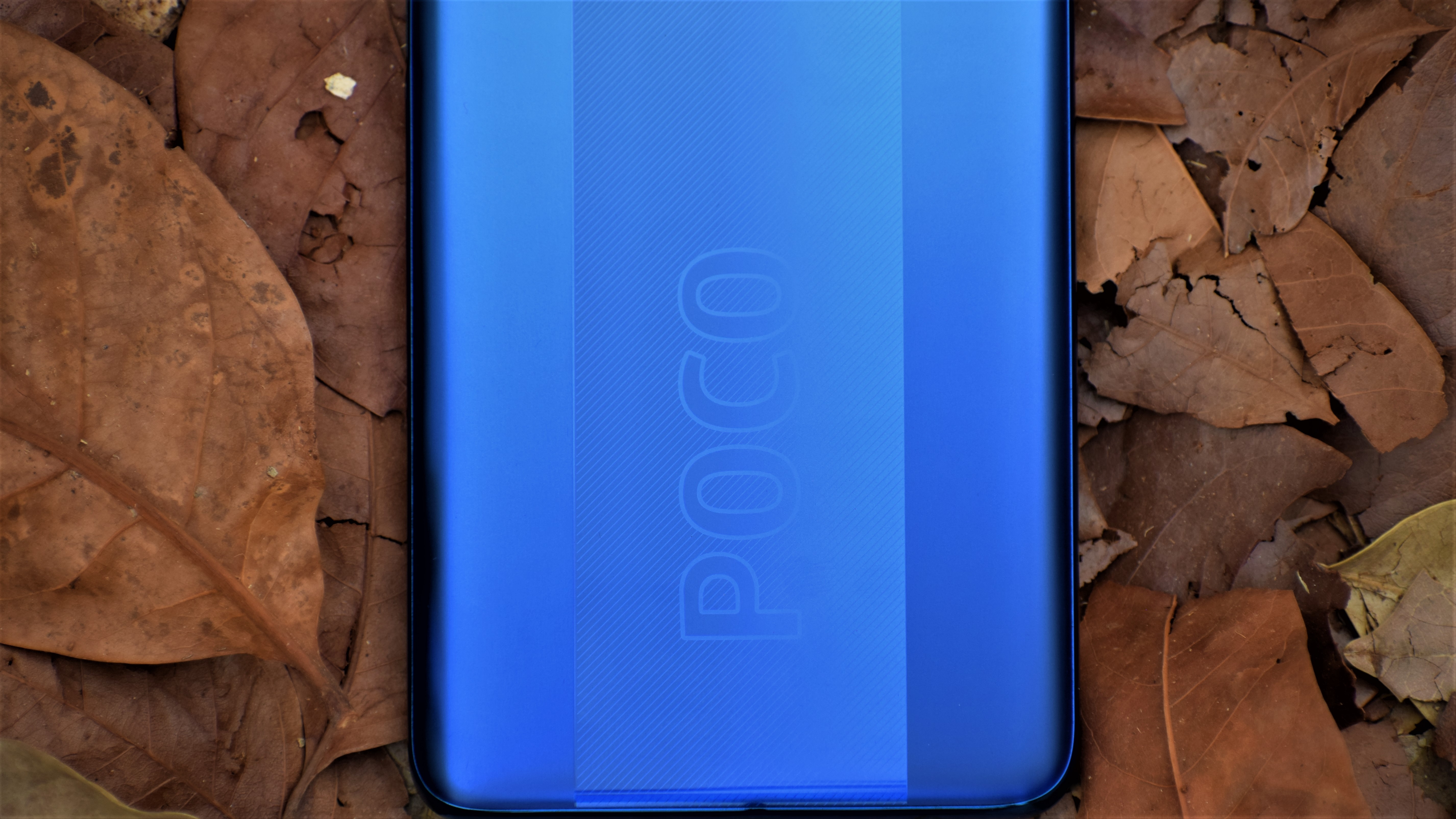
With the big screen and high refresh rate, the Poco X3 Pro is also one of the best devices to consume content. If you are the one who loves to watch everything straight from your phone, the device won’t disappoint you. The Poco X3 Pro packs in dual stereo speakers which is enjoyable to watch movies and shows. However, do note that the majority of the sound is produced from the bottom-firing speaker itself. The sound is pretty clear, except at the highest levels where some rattling creeps in.
For those who love the beloved headphone jack, the device not only packs it, you also get Hi-Res audio support and for wireless listening, there is also support for apt-X HD. One of the weird issues with the dual stereo speakers is that the back panel vibrates too much and that can be annoying after some time.
Should I buy the Poco X3 Pro?
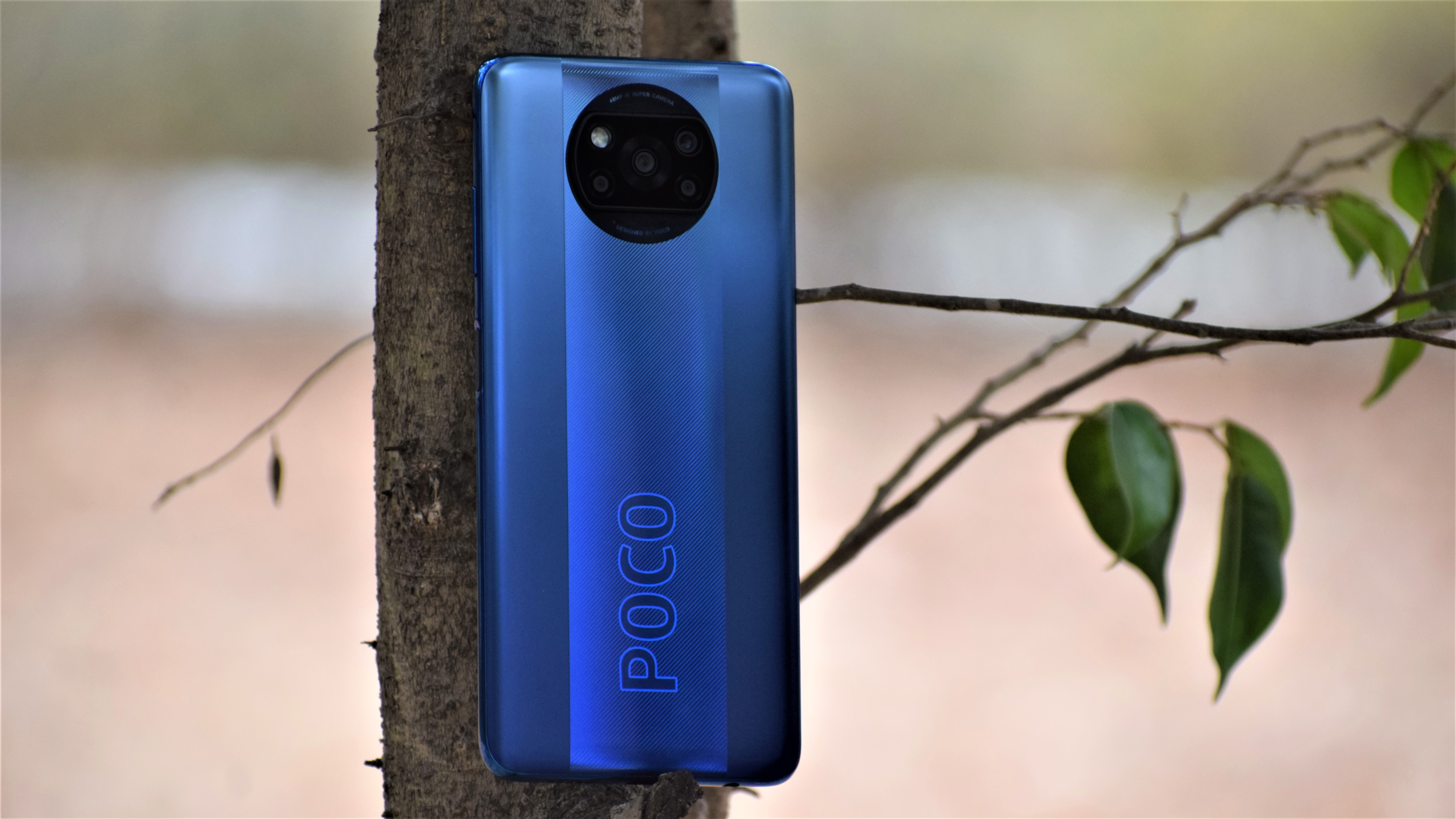
Buy it if...
Performance is your priority
Thanks to the Snapdragon 860 flagship-grade processor, the Poco X3 Pro can handle anything you throw at it. The chipset is also efficient as a result you get excellent performance as well as battery life.
You want an all-day battery
The chipset is optimized well to handle RAM performance and MIUI 12 onboard which results in an all-day battery with 7 hours of screen time on average.
You need a great budget phone
The Poco X3 Pro is one of the best budget phones under Rs 20,000 right now in India with its top performance, display, battery life, and good camera performance. It ticks almost all the boxes of the perfect budget phone.
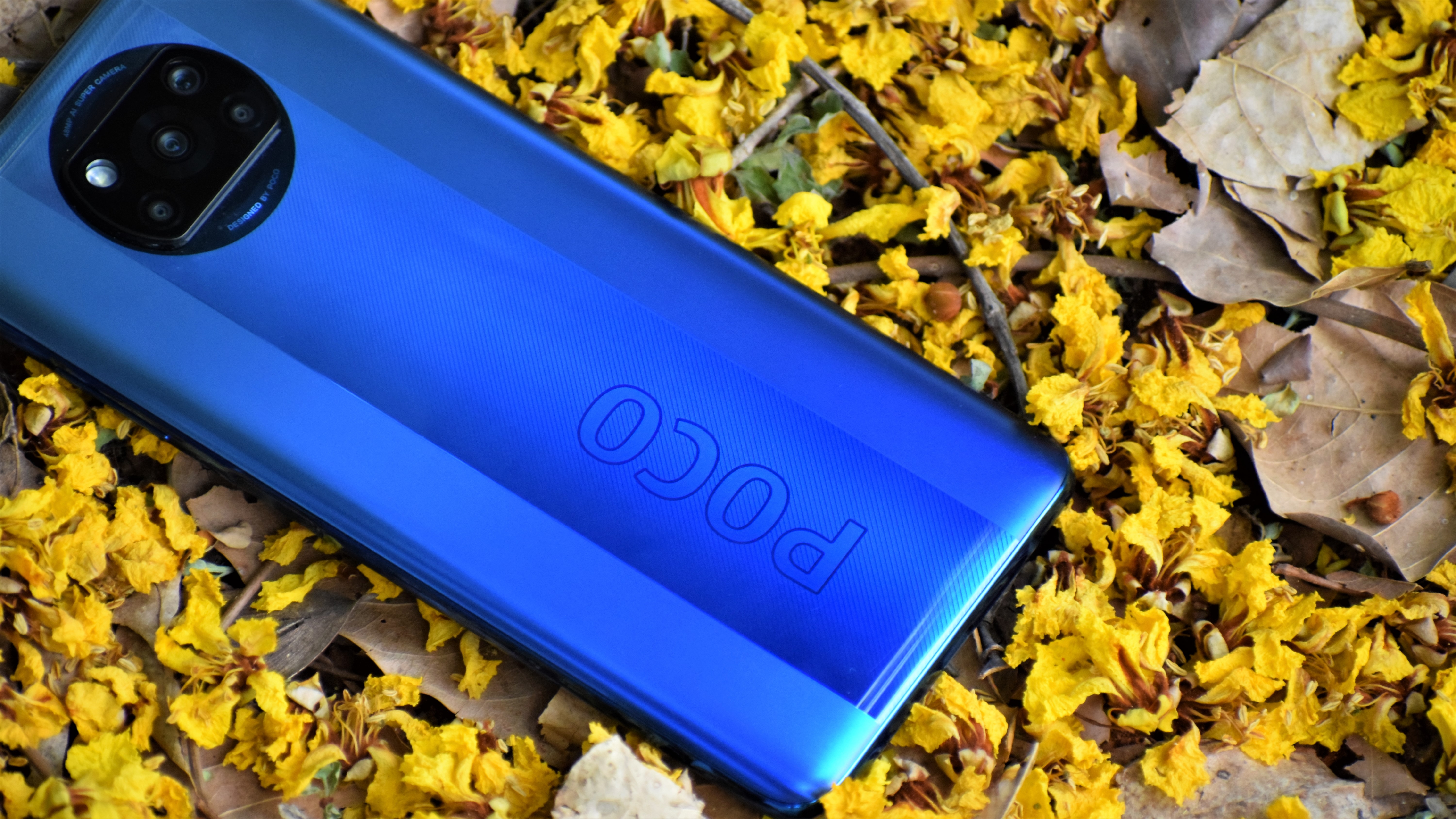
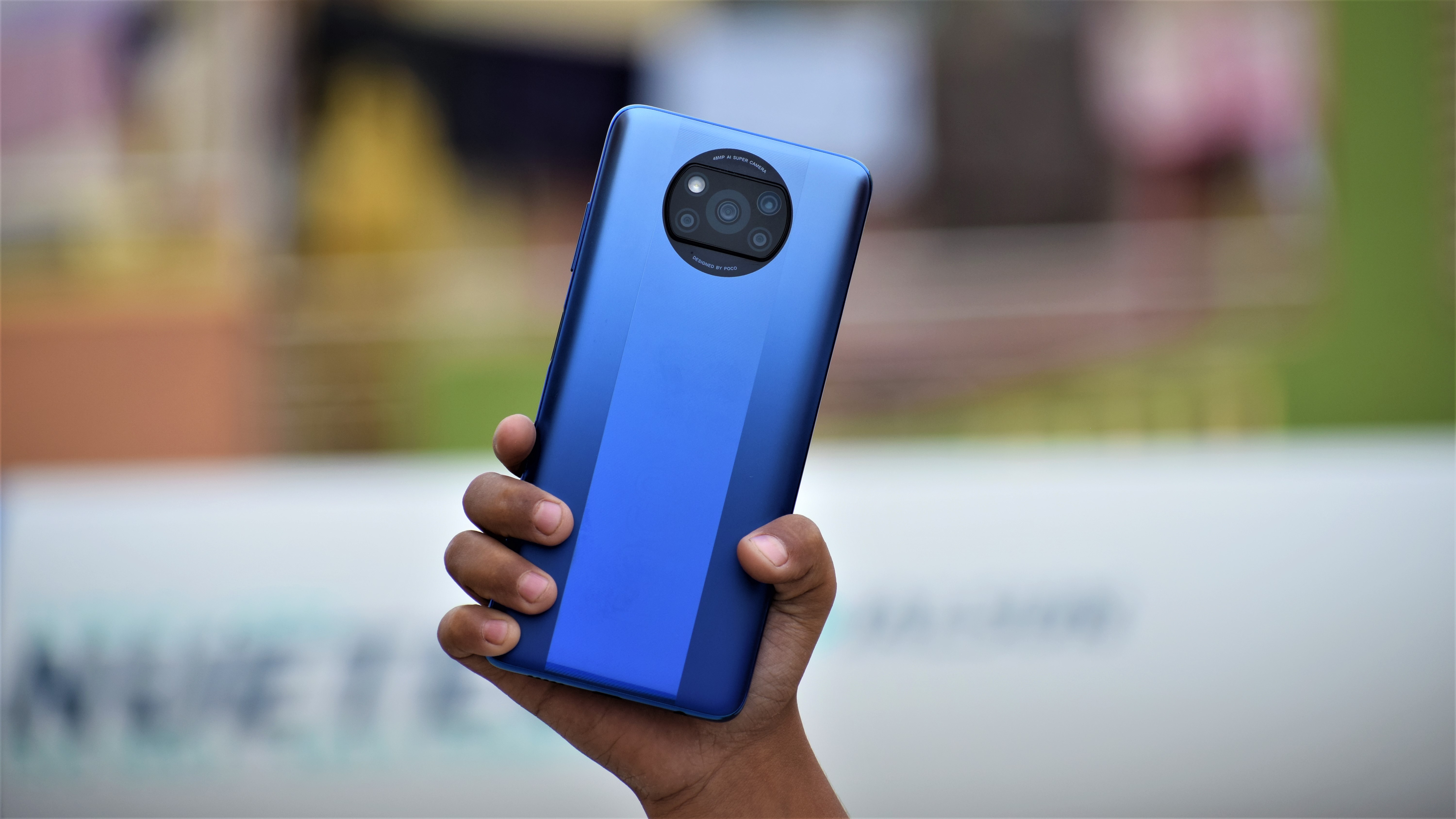
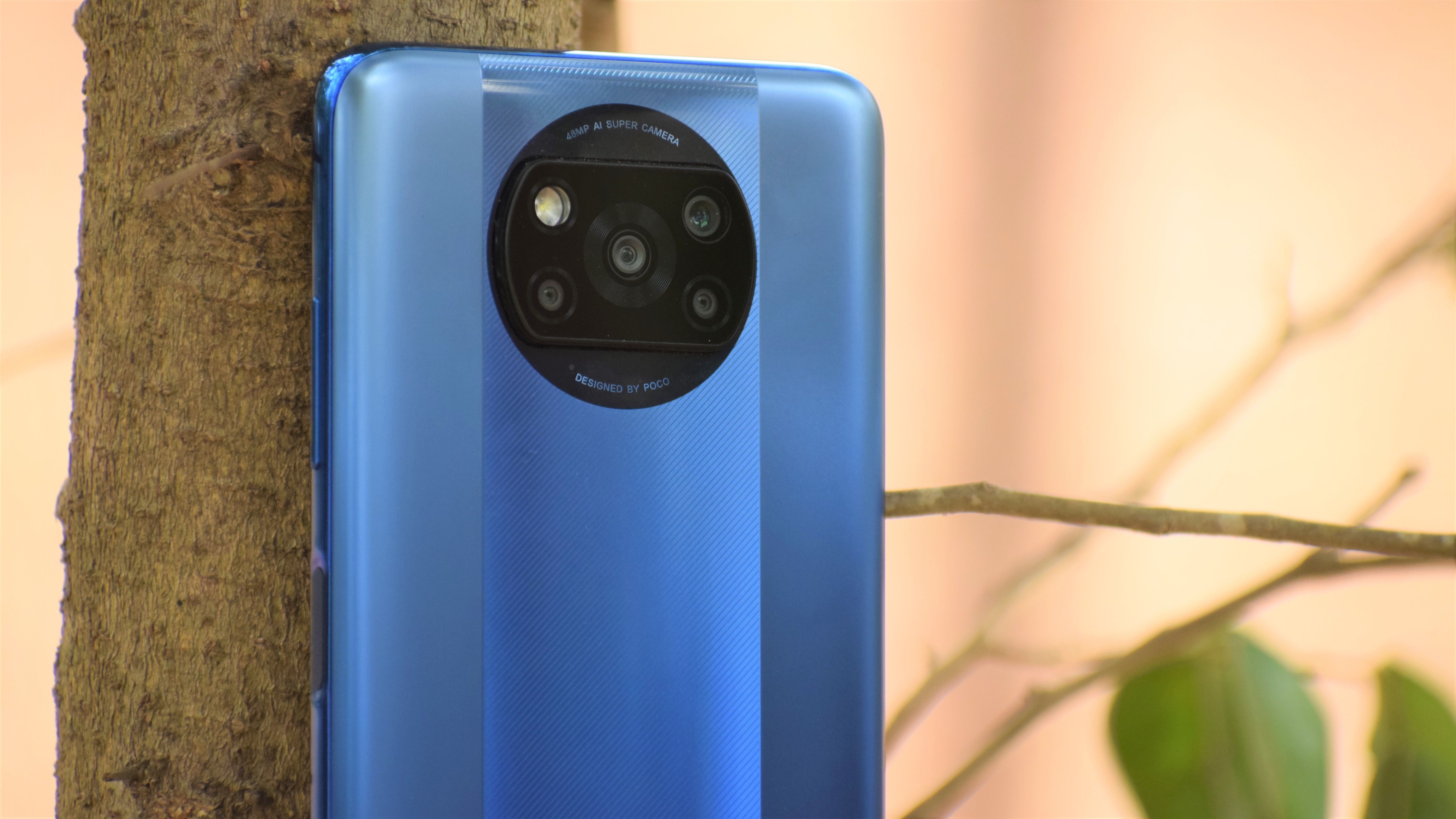
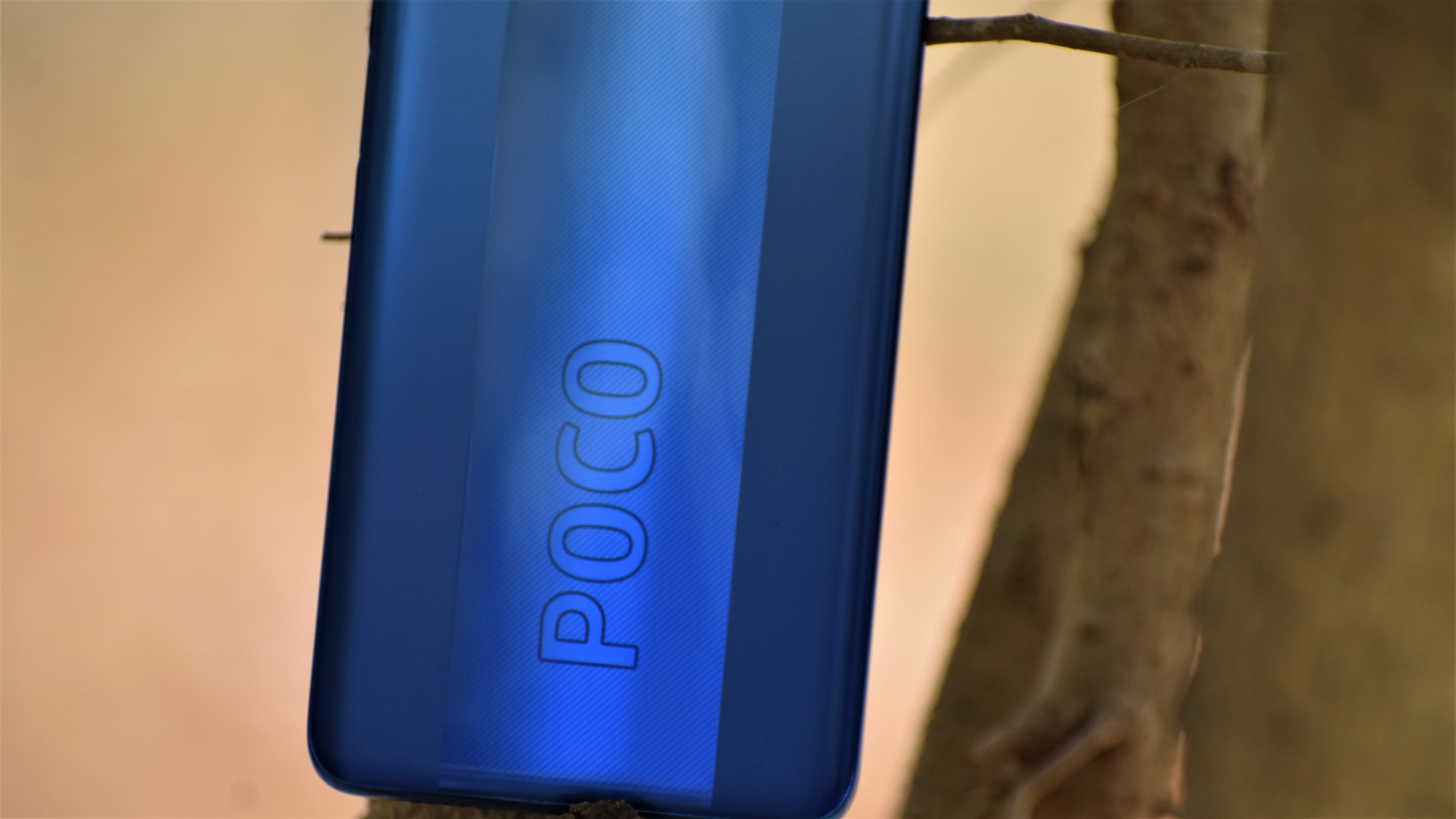
Don’t buy it if...
You want something light
With 216 grams of weight, the Poco X3 Pro can be hard to handle for most people. It gets hard to carry around in the pocket and can tire you out on your hands too. If you want something light, you can get the Redmi Note 10 Pro.
Camera is your priority
While the performance is unmatchable, the Poco X3 Pro is not the best camera phone in the segment. If the camera is your topmost priority, the Redmi Note 10 Pro Max is still the best option with a more versatile camera setup.
You want faster charging
On paper, the 33W sounds cool, but in real life, the phone takes about 90 minutes to charge the device. Rival phones such as Realme 8 Pro, Realme X7 can charge phones within 50 minutes.
First reviewed: April 2021
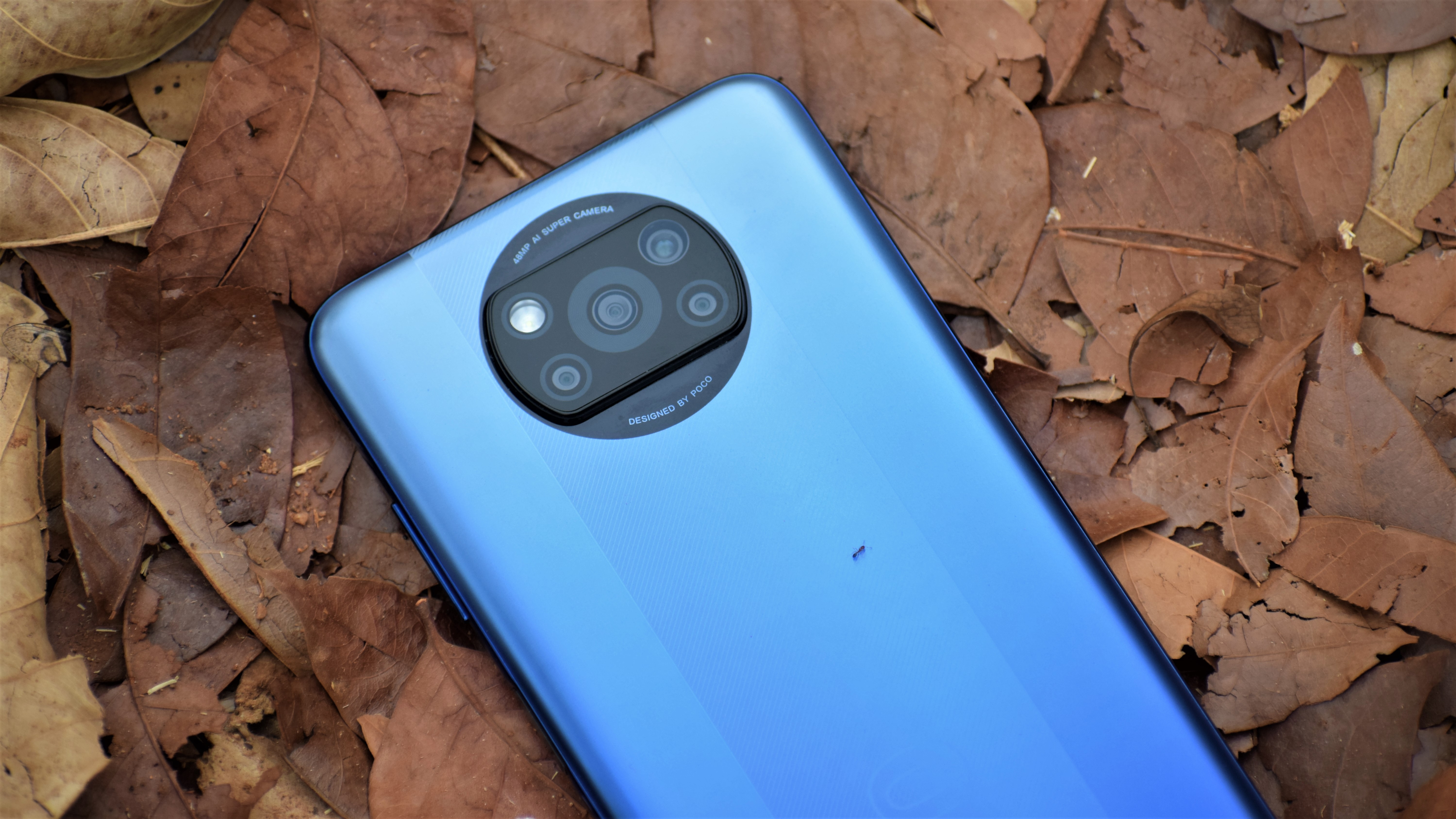
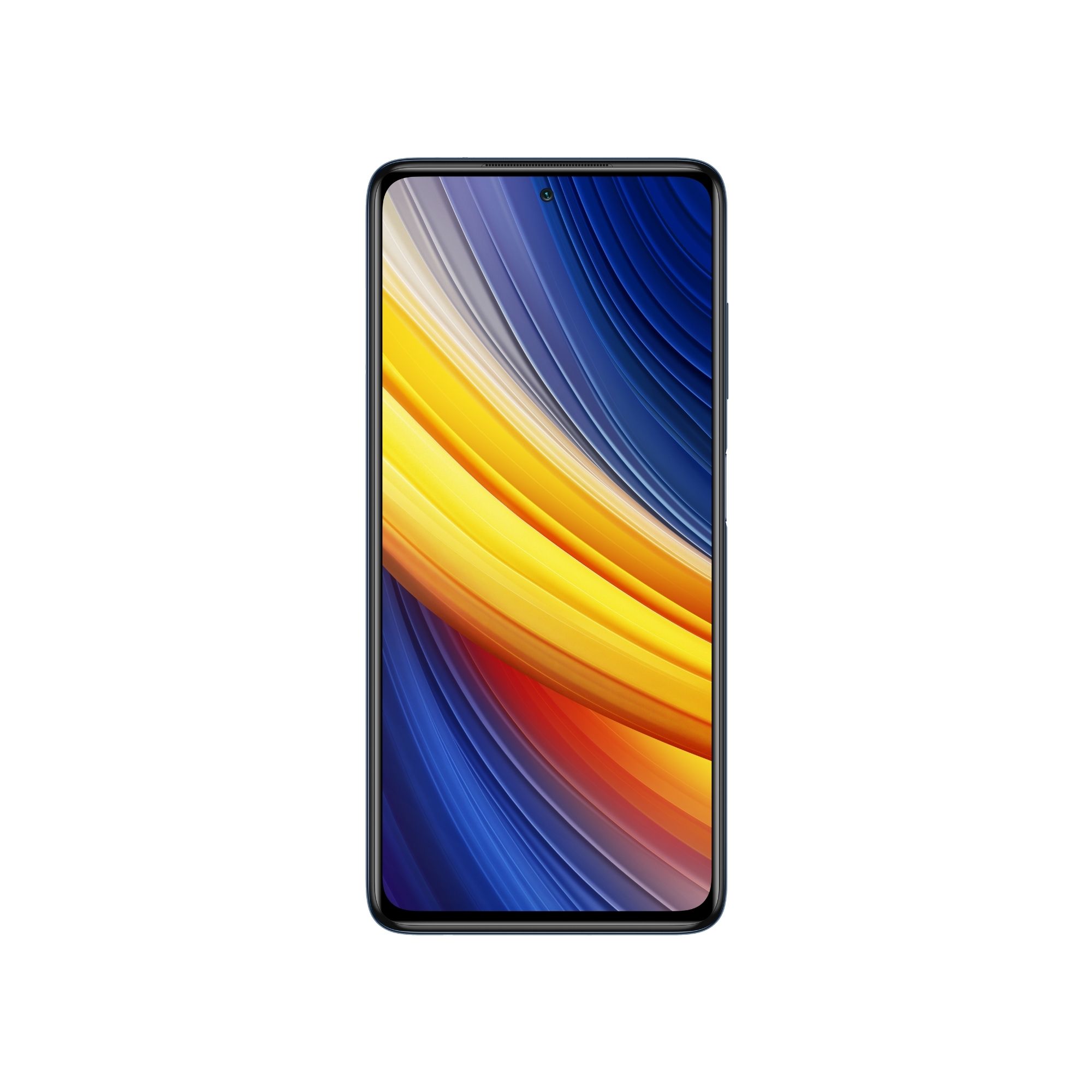
0 comments:
Post a Comment